In any history of Eclipse comics, it’s emphasised how they were the first US company to publish a graphic novel. And there are some quibbles both on the timing (Will Eisner’s A Contract With God was also published in 1978, but that’s a short story collection, and then there’s stuff from underground comix) and the format (the first few graphic novels Eclipse published were saddle-stitched, so they’re… magazines?), but anyway: They were early, and they were the only publisher who was focused mainly on graphic novels in the direct sales market.
That changed after a couple of years, and then it changed back in 1990, but here’s publisher Dean Mullaney talking about how Eclipse got started and how he managed to finance the first graphic novel Eclipse published, which was Sabre:
I brazenly asked them all to pay in advance for the orders. This money helped fund the project. Today, you need an investment banker; back then all we needed were fans starved for something good, and storeowners willing to pay up front in order to get new comics to sell. I also published a Sabre poster in December 1977, partially to appease people for the delay in the graphic album, but also to generate more working capital.
Then I went over the bridge to Brooklyn to talk with the Big Man himself—Phil Seuling, the only distributor to the comics market at the time. Phil put his reaction to my pitch on paper and handed it to me: a cartoon of Phil’s head, hair standing straight up, saying “$5.00 for a comic book!!!!”
Despite his bombastic outward appearance, Phil was one of the nicest people I ever met in comics. He was also one of the most encouraging to young publishers (I was 23 at the time). He agreed to take 200 copies and sent a solicitation out to his stores. A short time later, I got a call from Phil telling me to get over to his office. I thought he wanted his money back, but as it turned out, the reaction to his solicitation was so good that he wanted to double his order. Before Sabre saw print, Phil had upped his order several more times, and based on the strength of his continuing orders, we went into a second printing!
OK, so here’s an overview of all the graphic novels Eclipse published.
They used to include these pages in the back of some of the graphic novels, so that you can keep track of what to buy. I mean, if you’re obsessive. Also note that they have a separate category “Eclipse Books” that lists both books-about-comics like Women and the Comics, but also the Krazy + Ignatz newspaper comic strip reprint series.
Then Eclipse started numbering the graphic novels. Or albums. Note that in this numbering scheme, basically everything that’s squarebound has its own number, so Air Fighters Classics vol. 2 is number 20 here. And they stopped listing the books that were part of the “Eclipse Books” designation, presumably because there’s not enough space any more.
Then they changed their minds and started numbering based on semantics, not by the volume. So here all five volumes of Air Fighters Classics now get the number “15”, and everything from that point on has been renumbered. (And, curiously enough, Twisted Tales that used to be number 15 has now become number 16.)
(And also note that there’s two things that are numbered as “70”. And that all the Miracleman books share the same album number, even “Apocrypha”, while the two Valkyrie books get separate album numbers. And that Krazy + Ignatz is now a “graphic album” and not an “Eclipse Book”.)
I know, I know, that’s the nerdiest exegesis ever in the history of ever, but sites like comics.org have a tendency to say “and this is Eclipse Graphic Novel 27”, and these numbers aren’t stable. The horse has left the stable? Something like that.
And one more note until we get to the precious numbered list (based on the final Eclipse graphic novel that has a listing, which is Downside): When reading and writing this blog series, I concentrated on the first published instance of any work. Many of these graphic novels are collections of floppies, so many of the links below point to blog articles where I talk about the floppies, and not the graphic novels, I mean albums.
*phew*

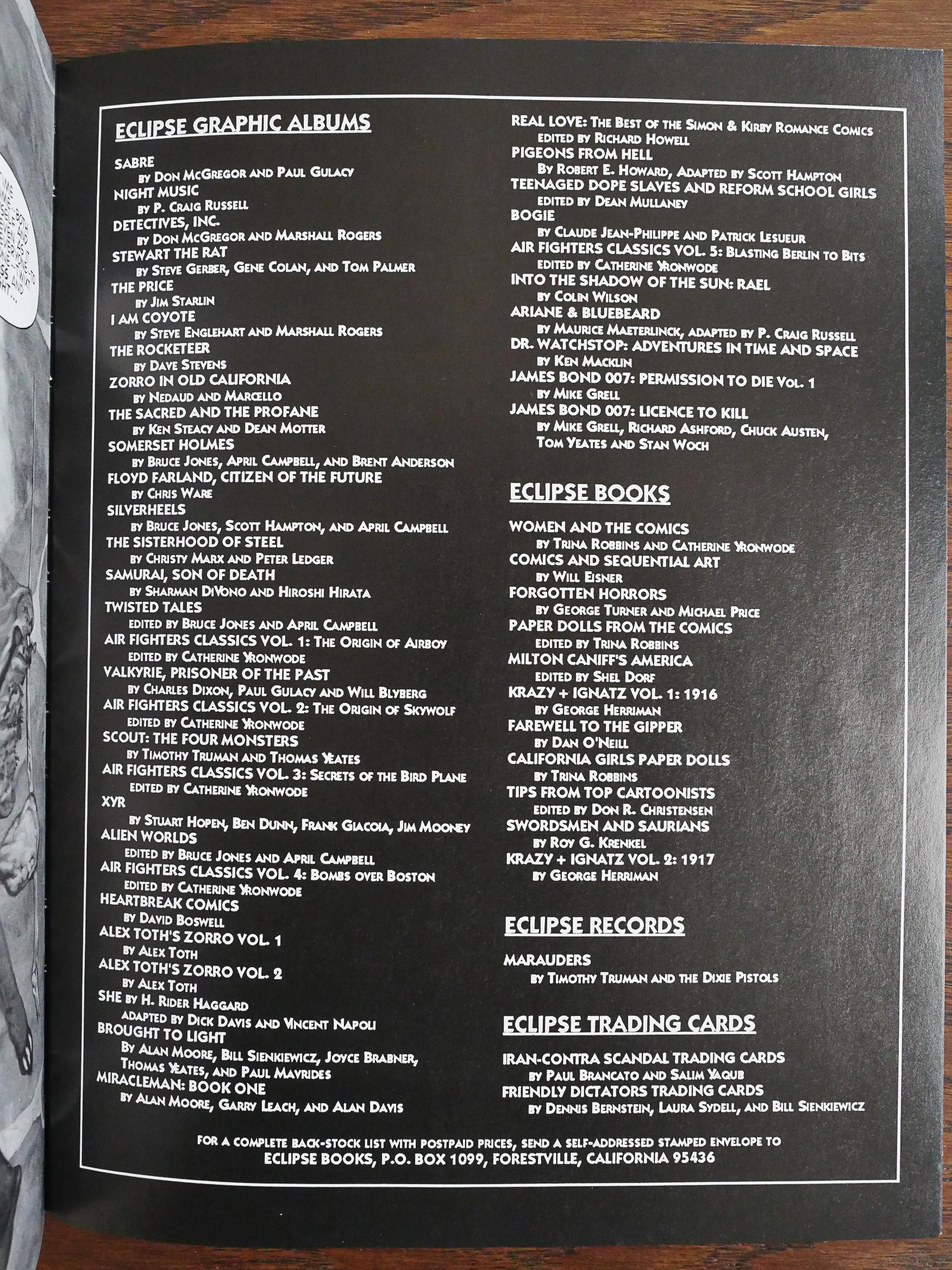
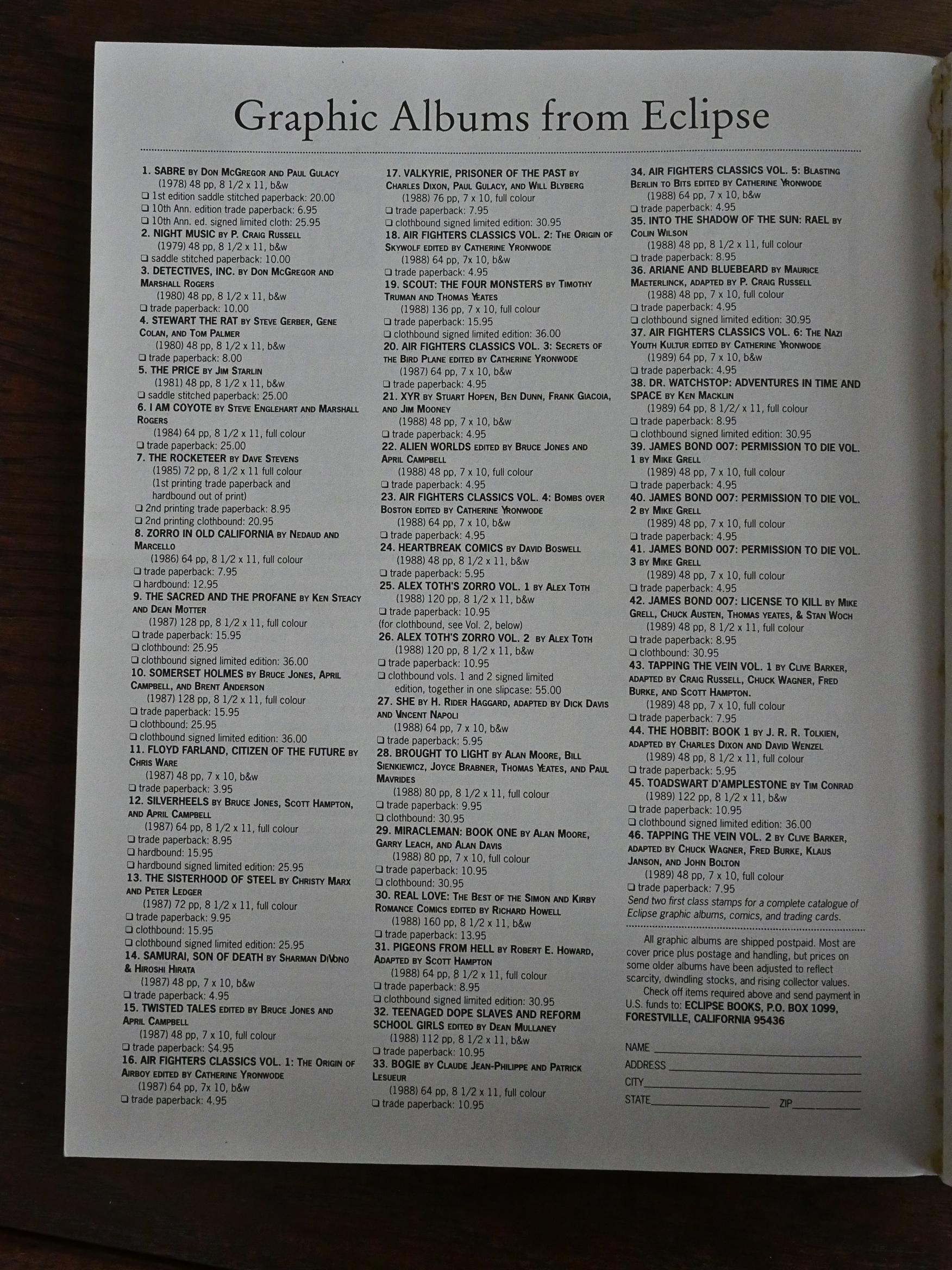

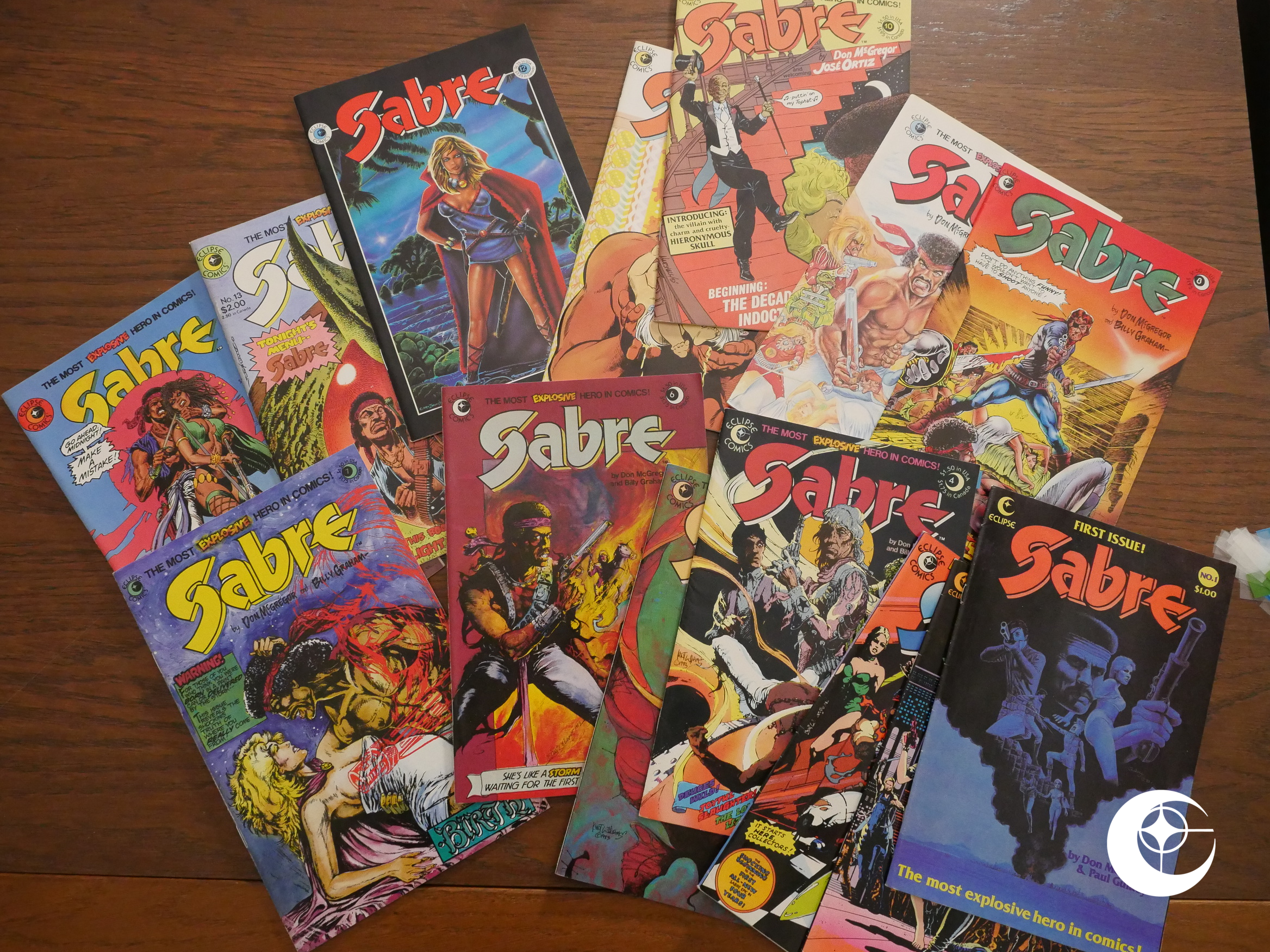
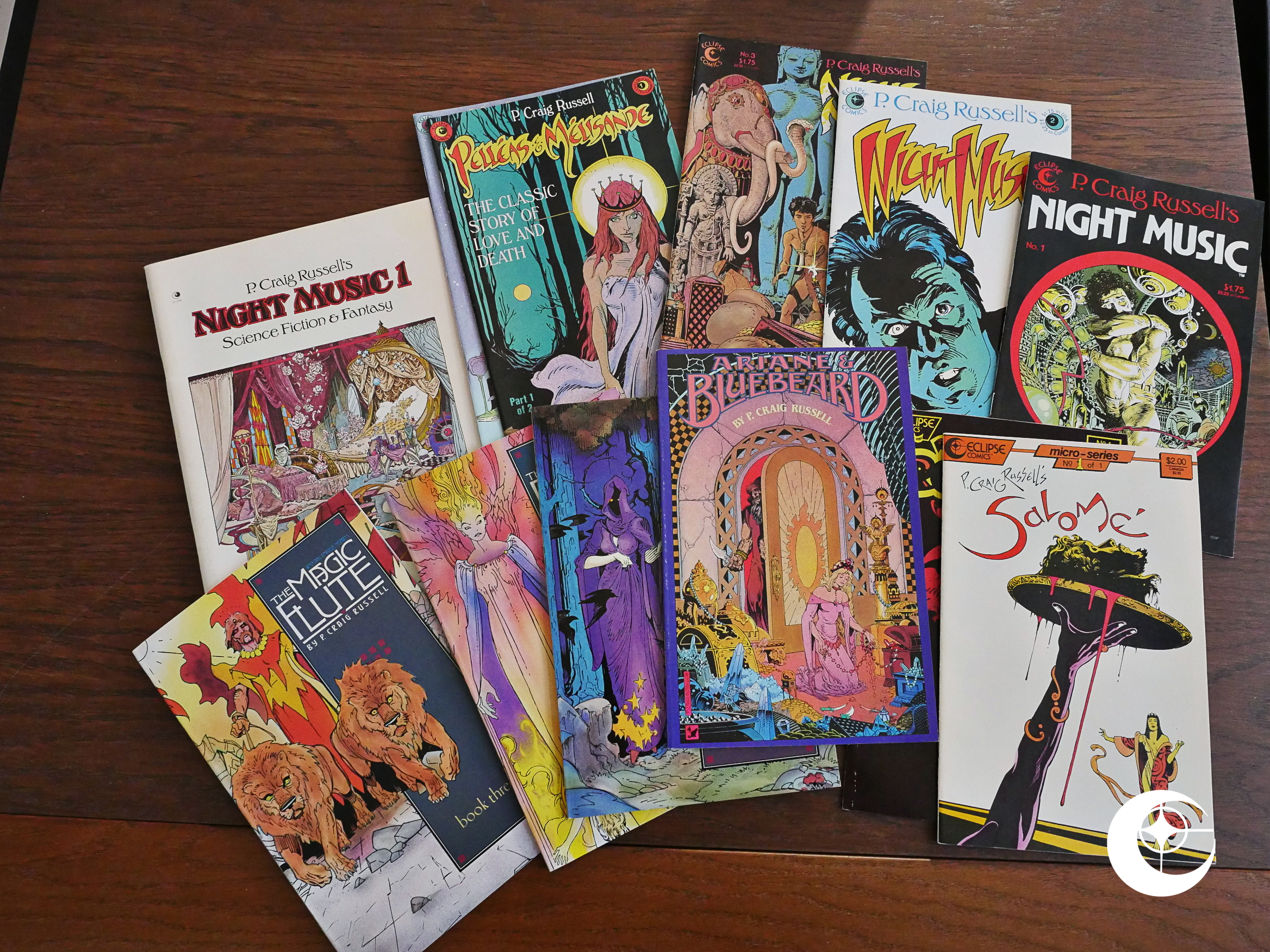
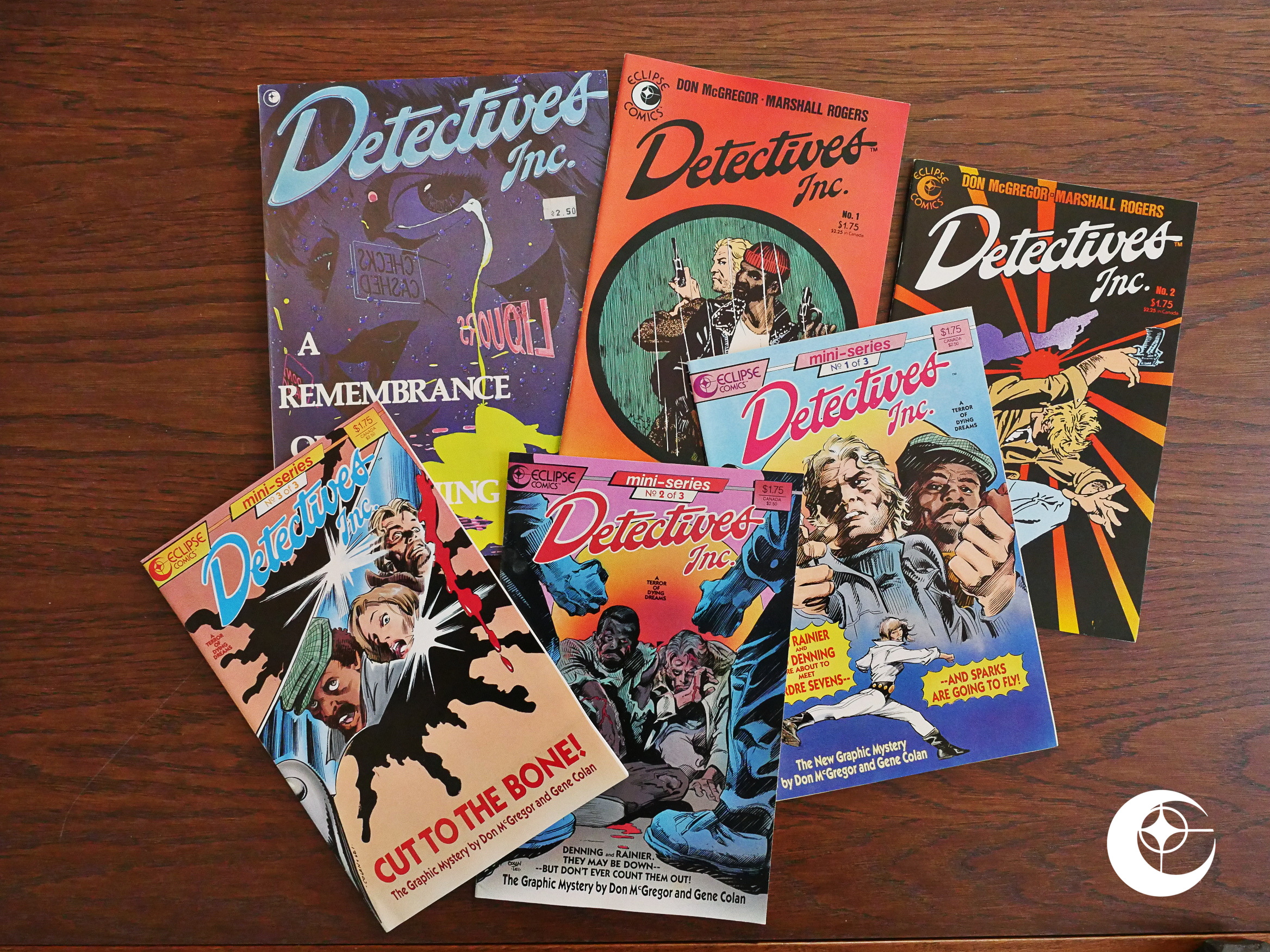
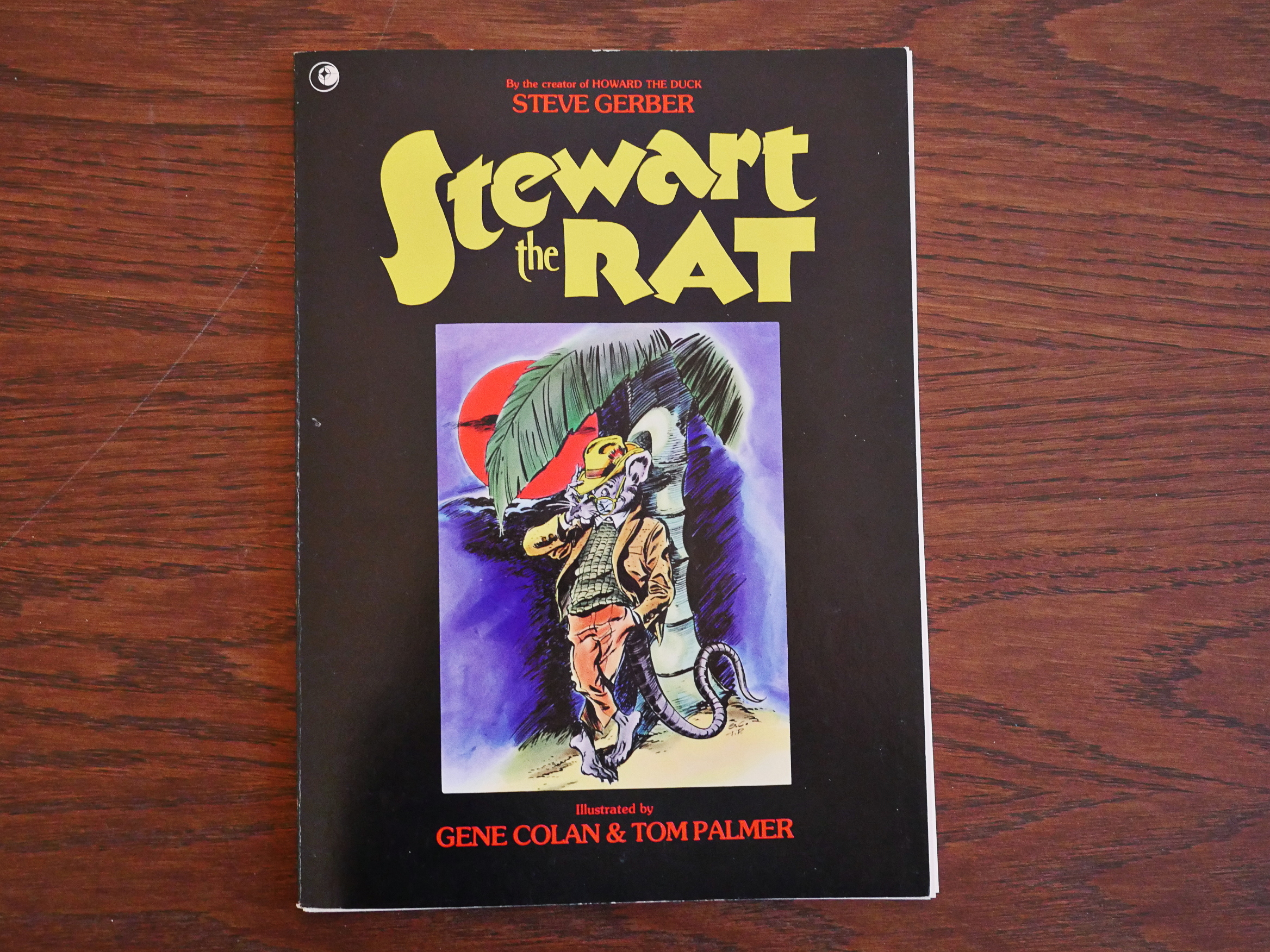
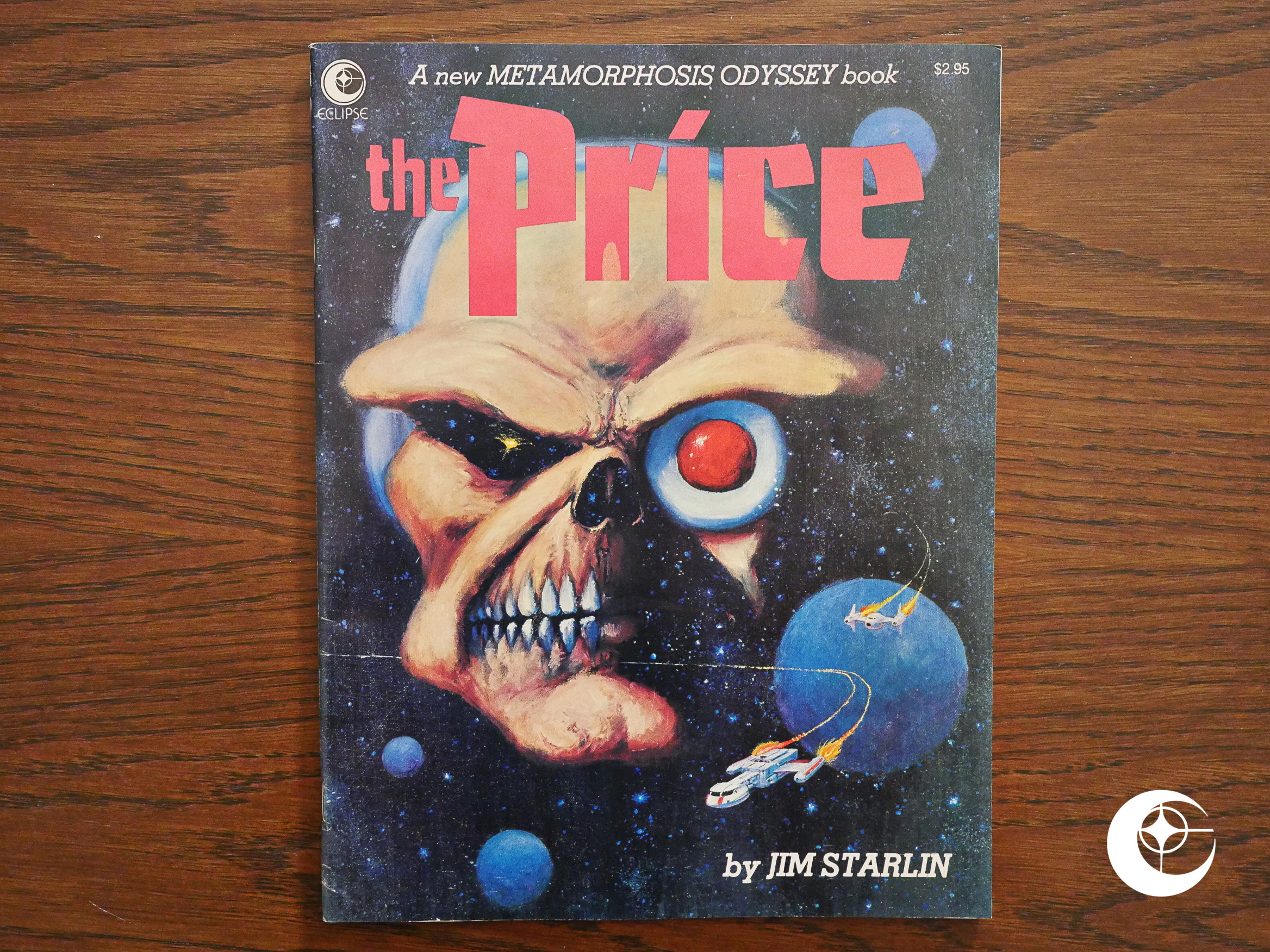
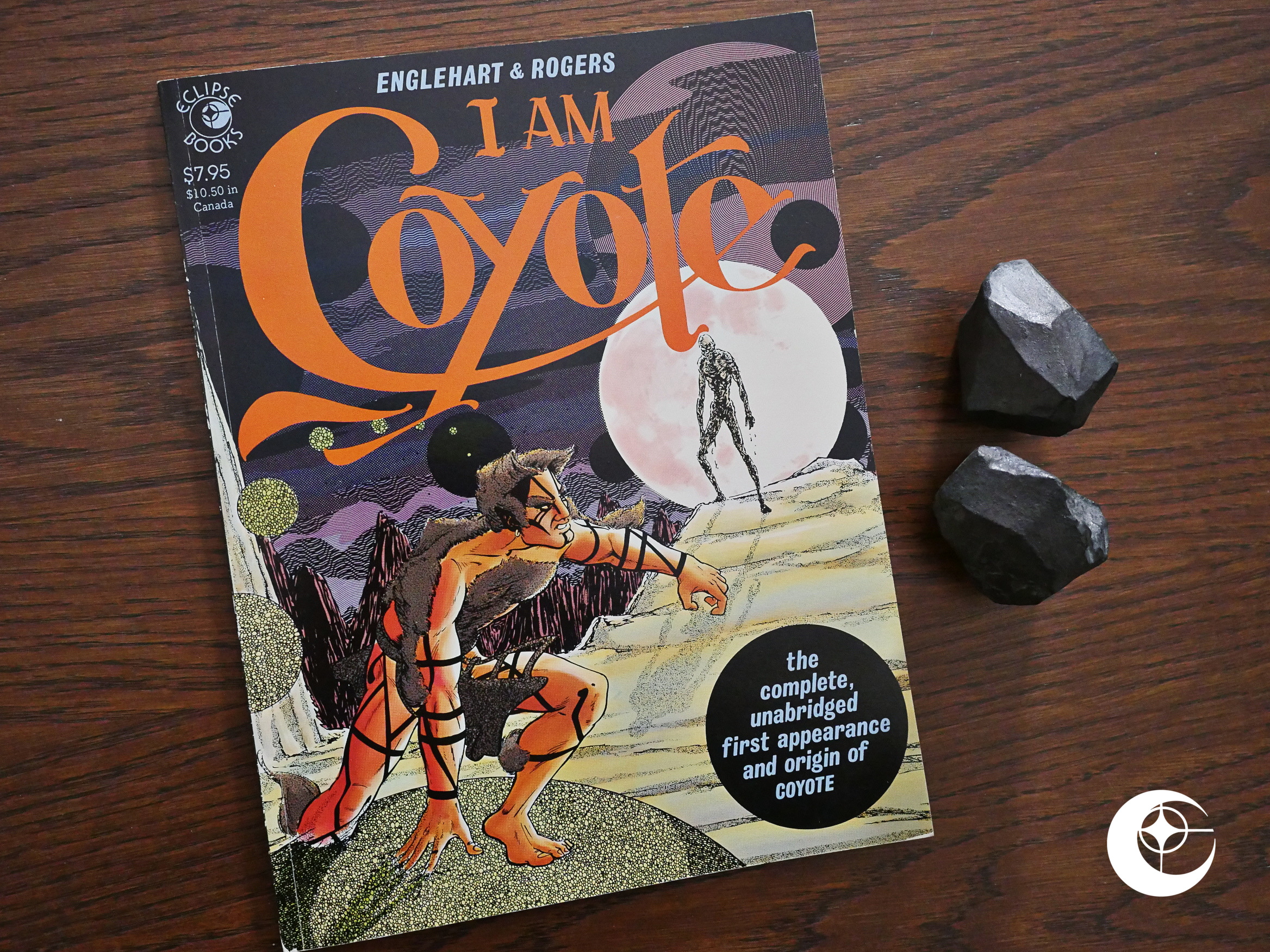
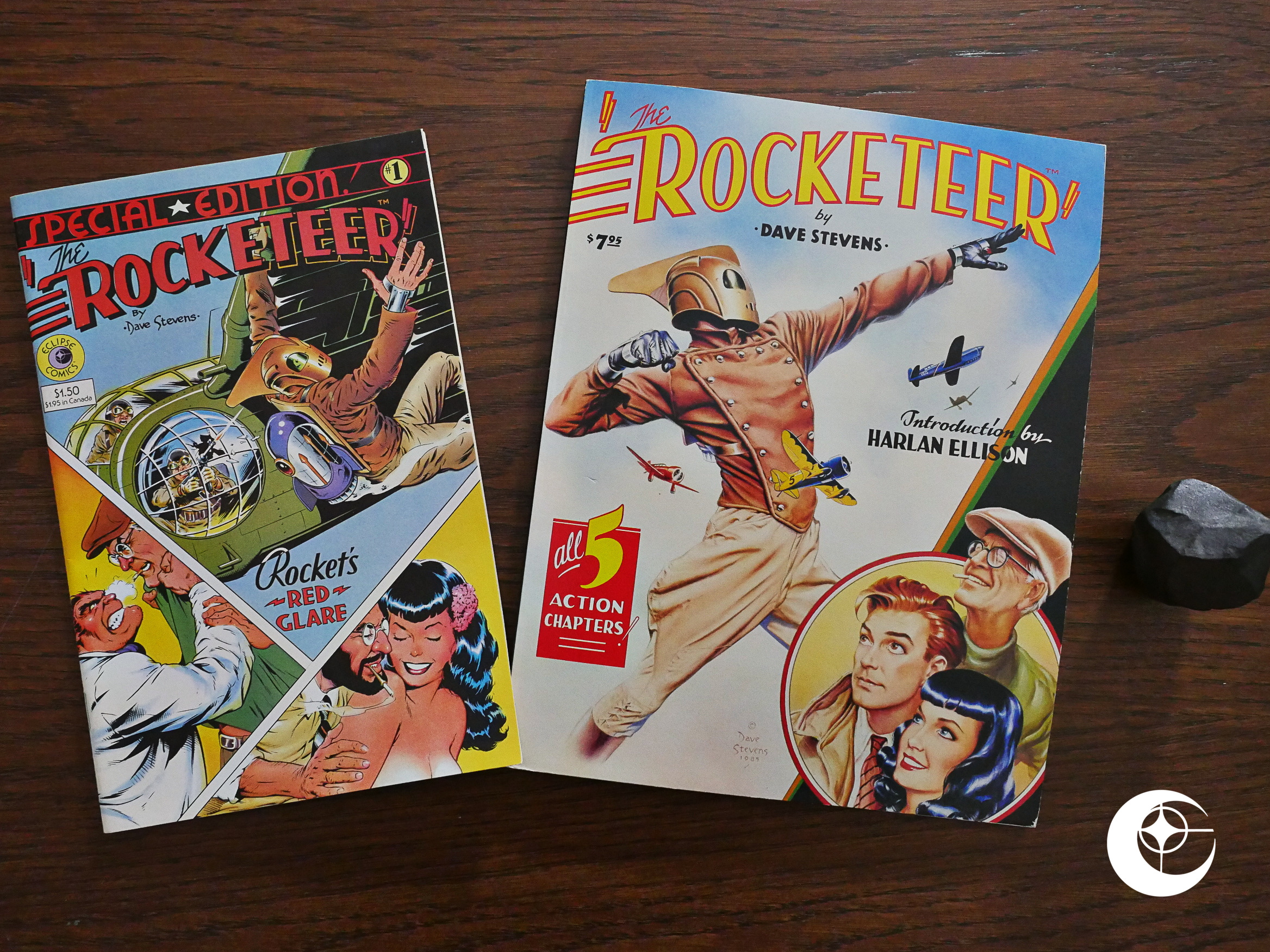
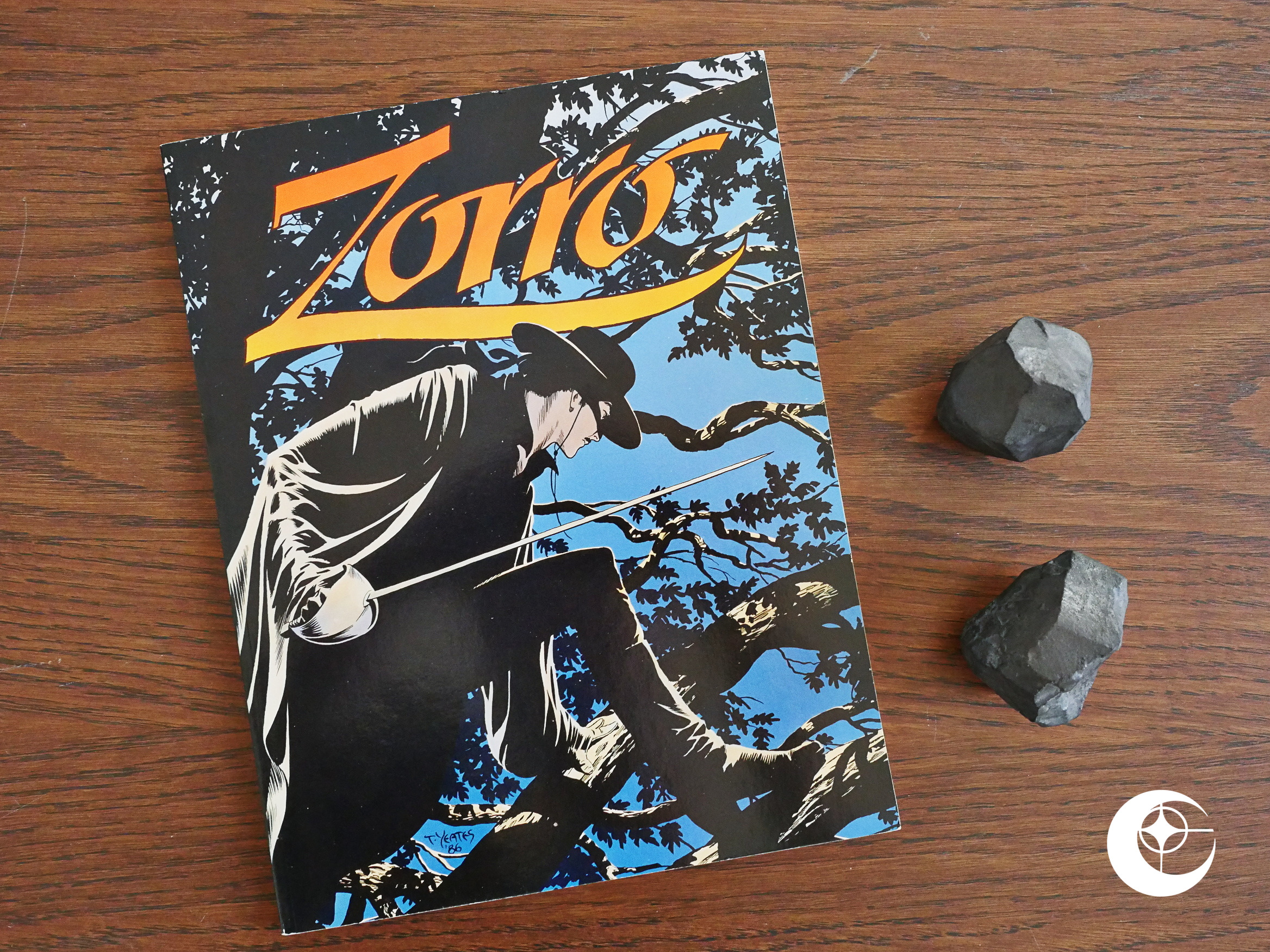
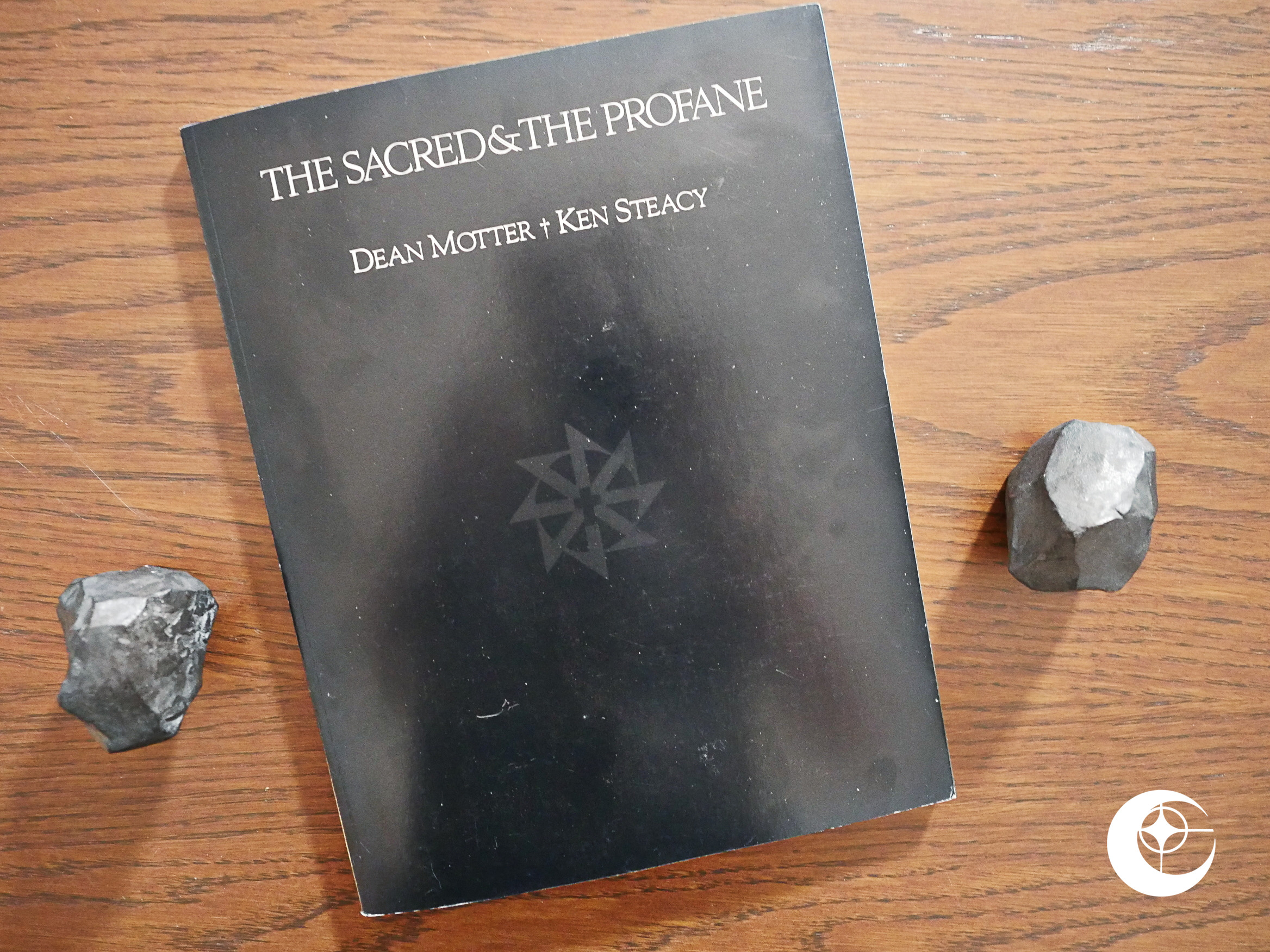
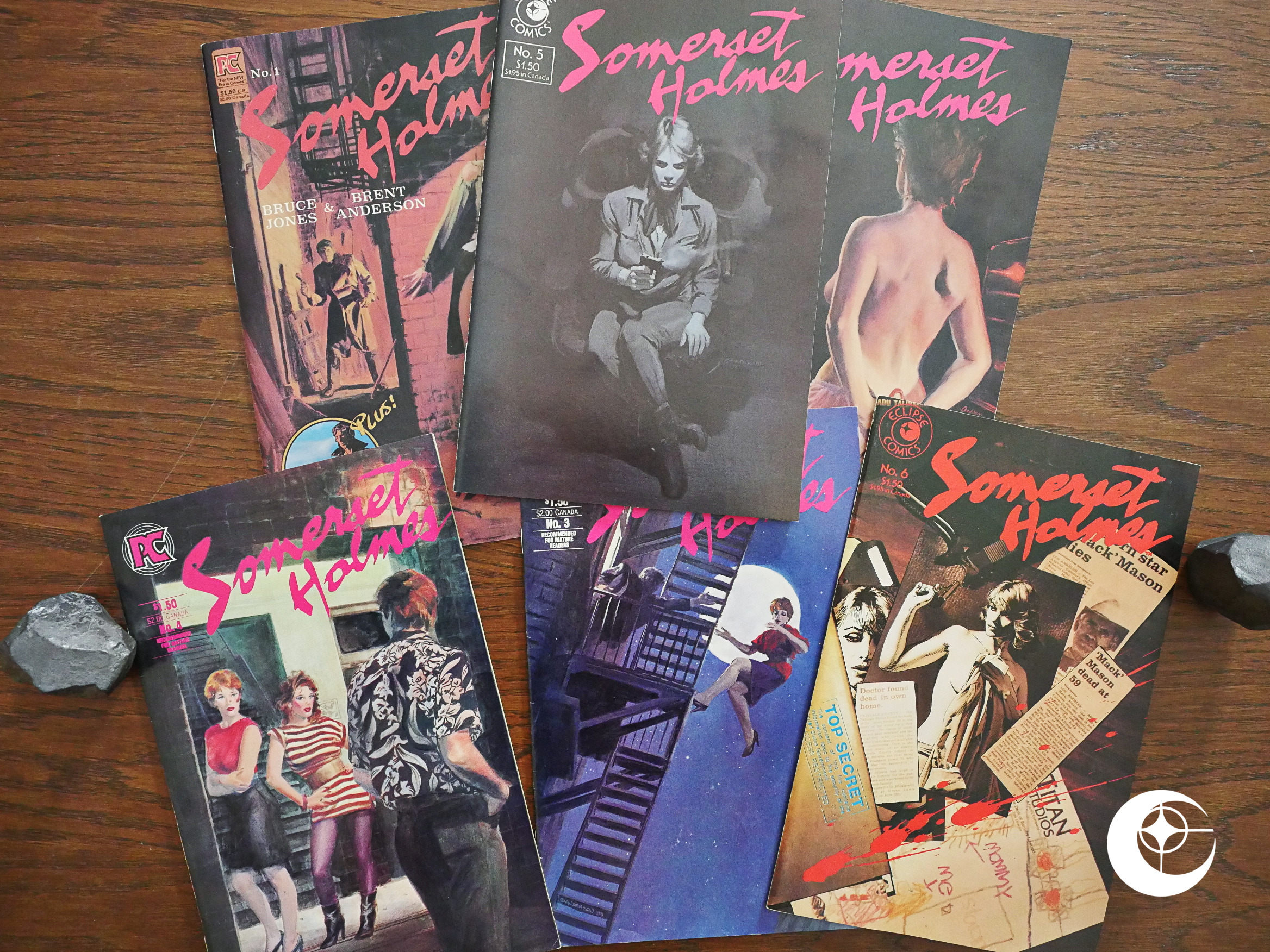

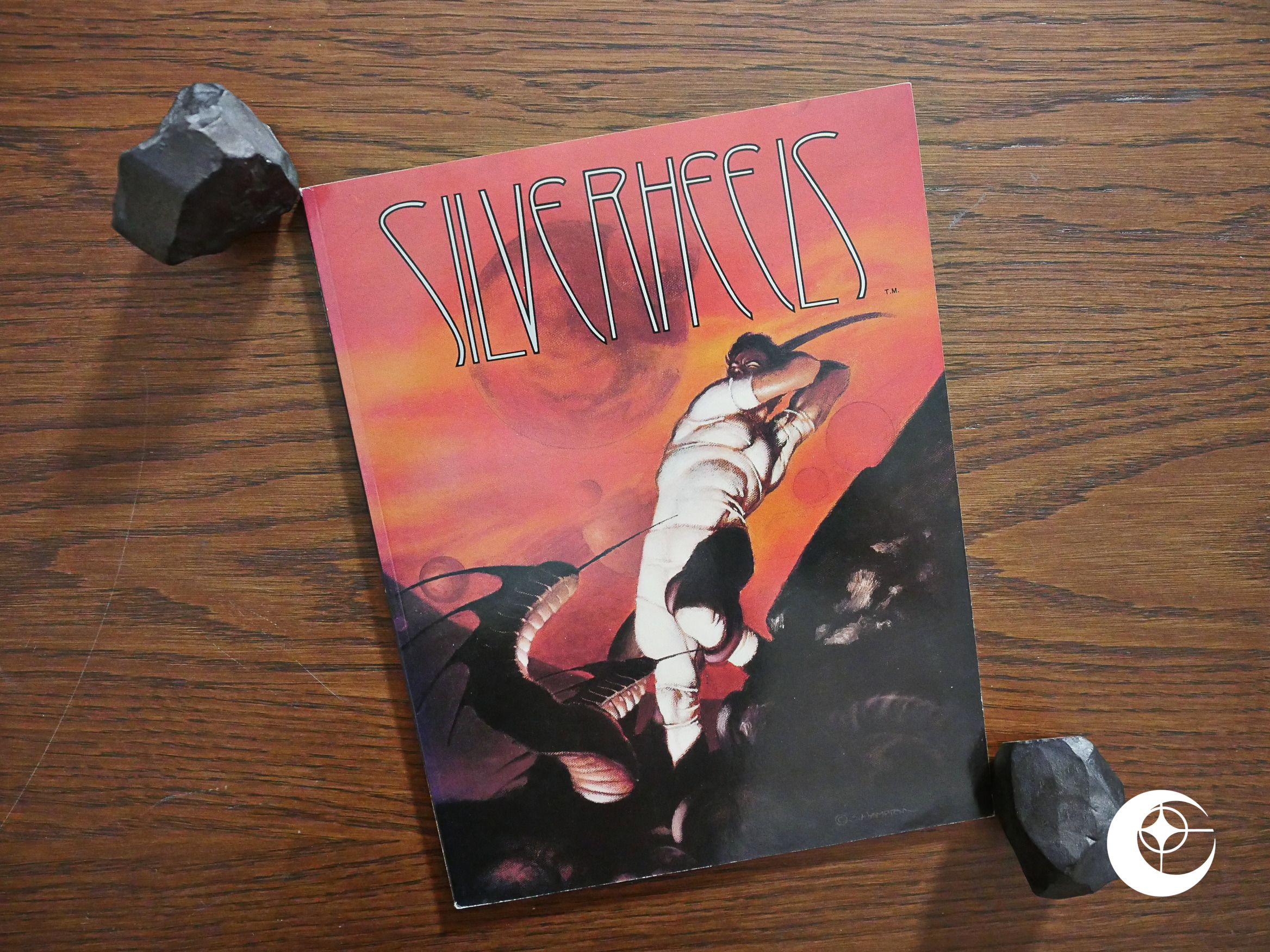
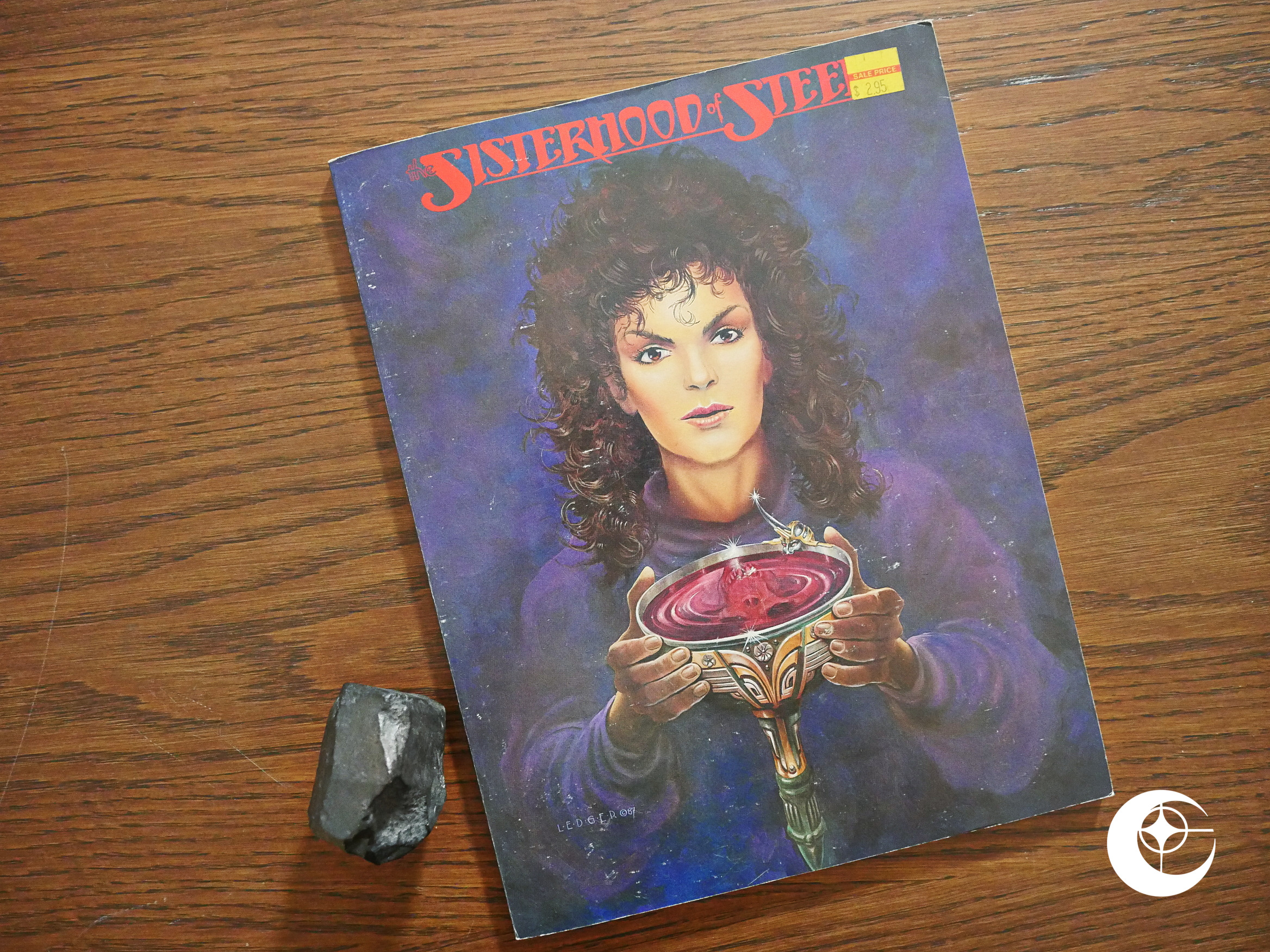
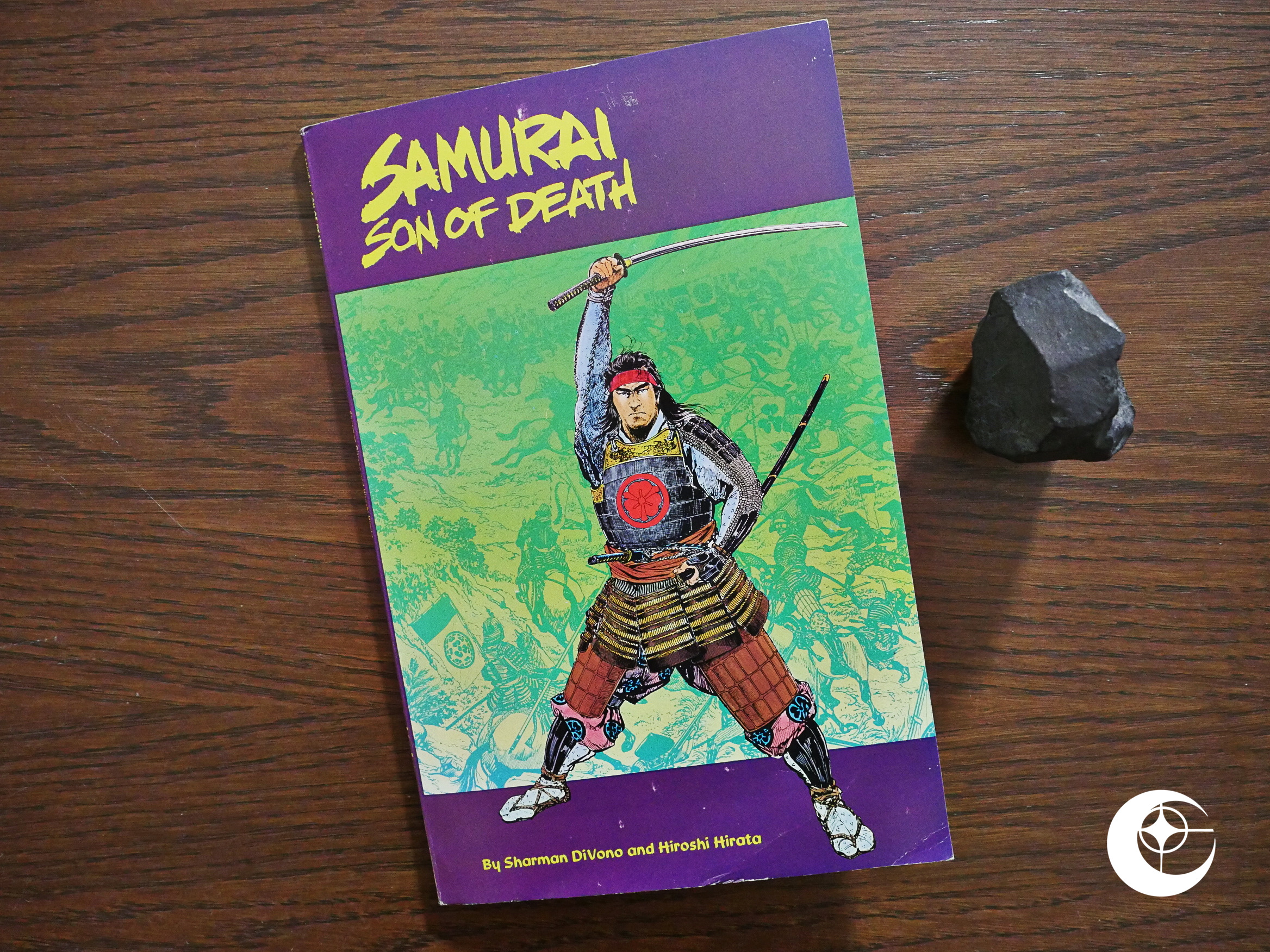
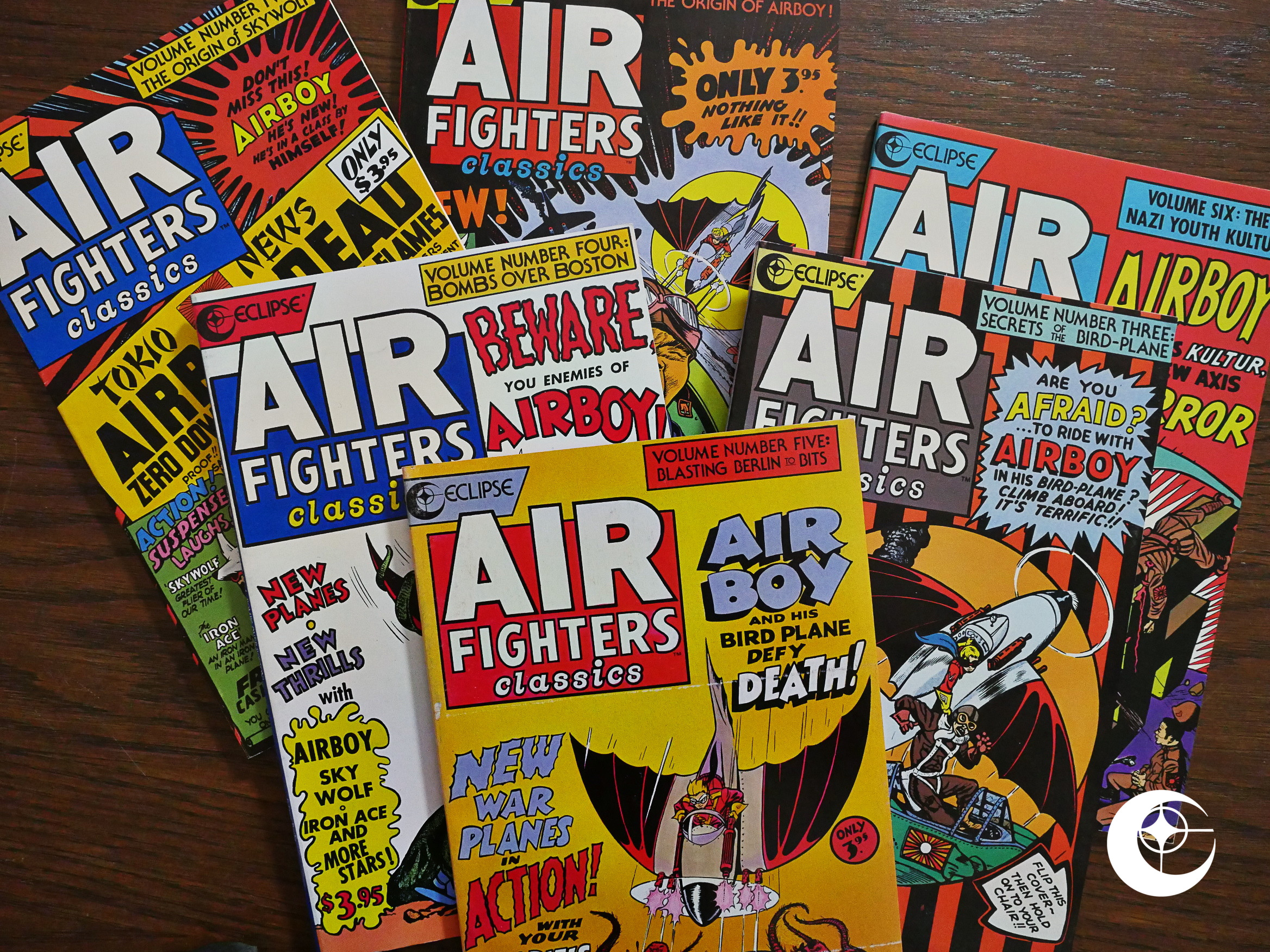
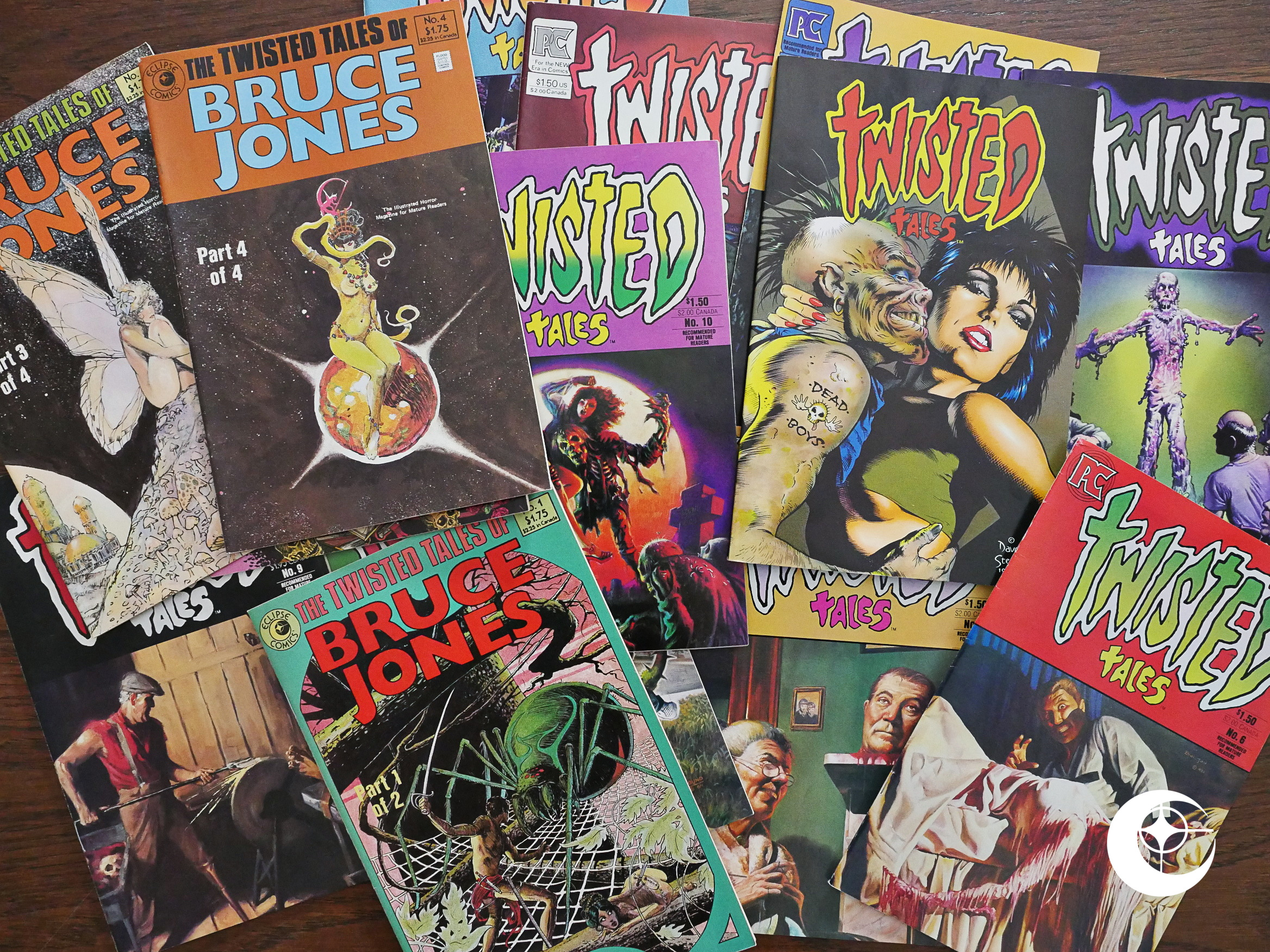
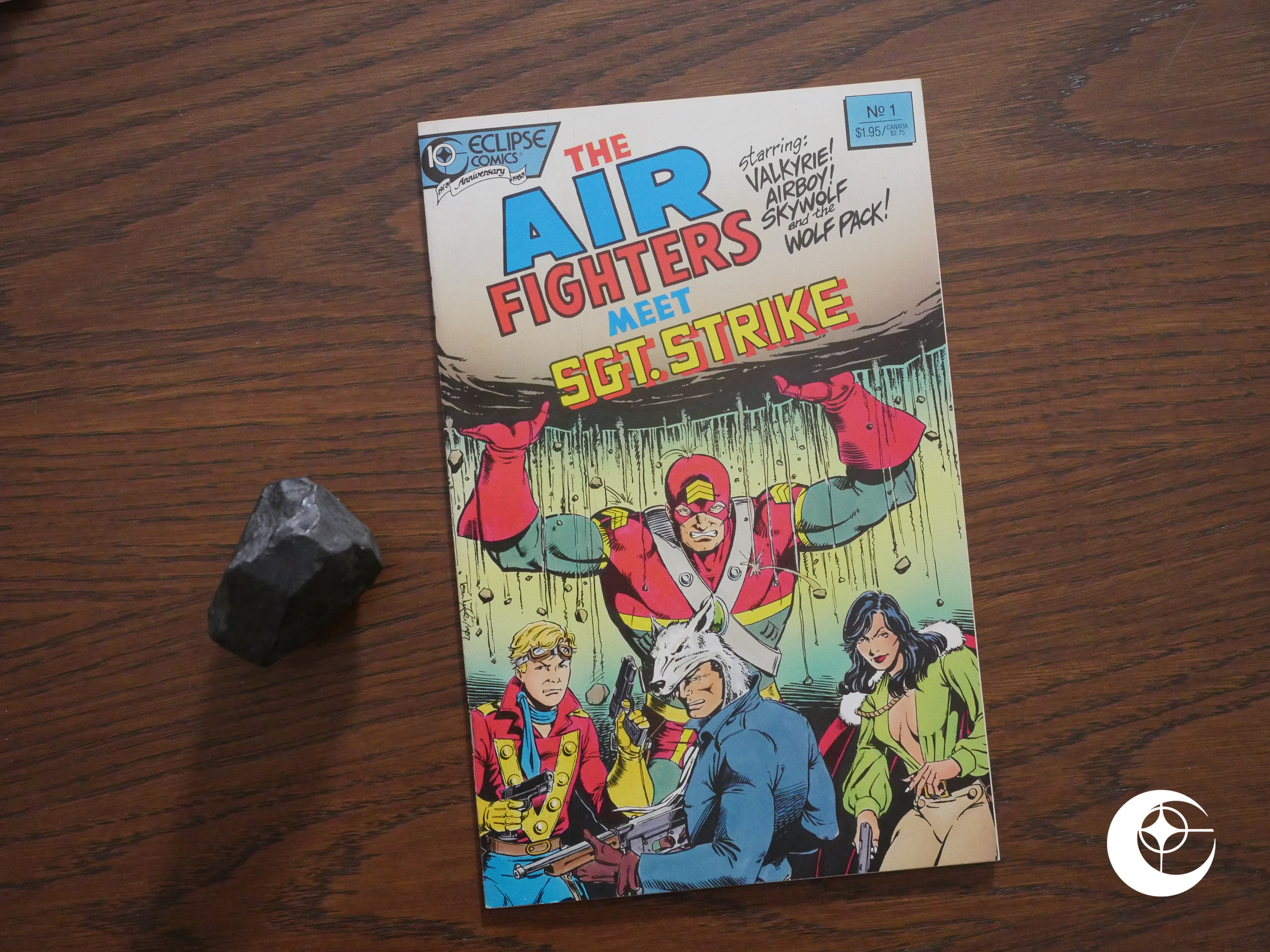
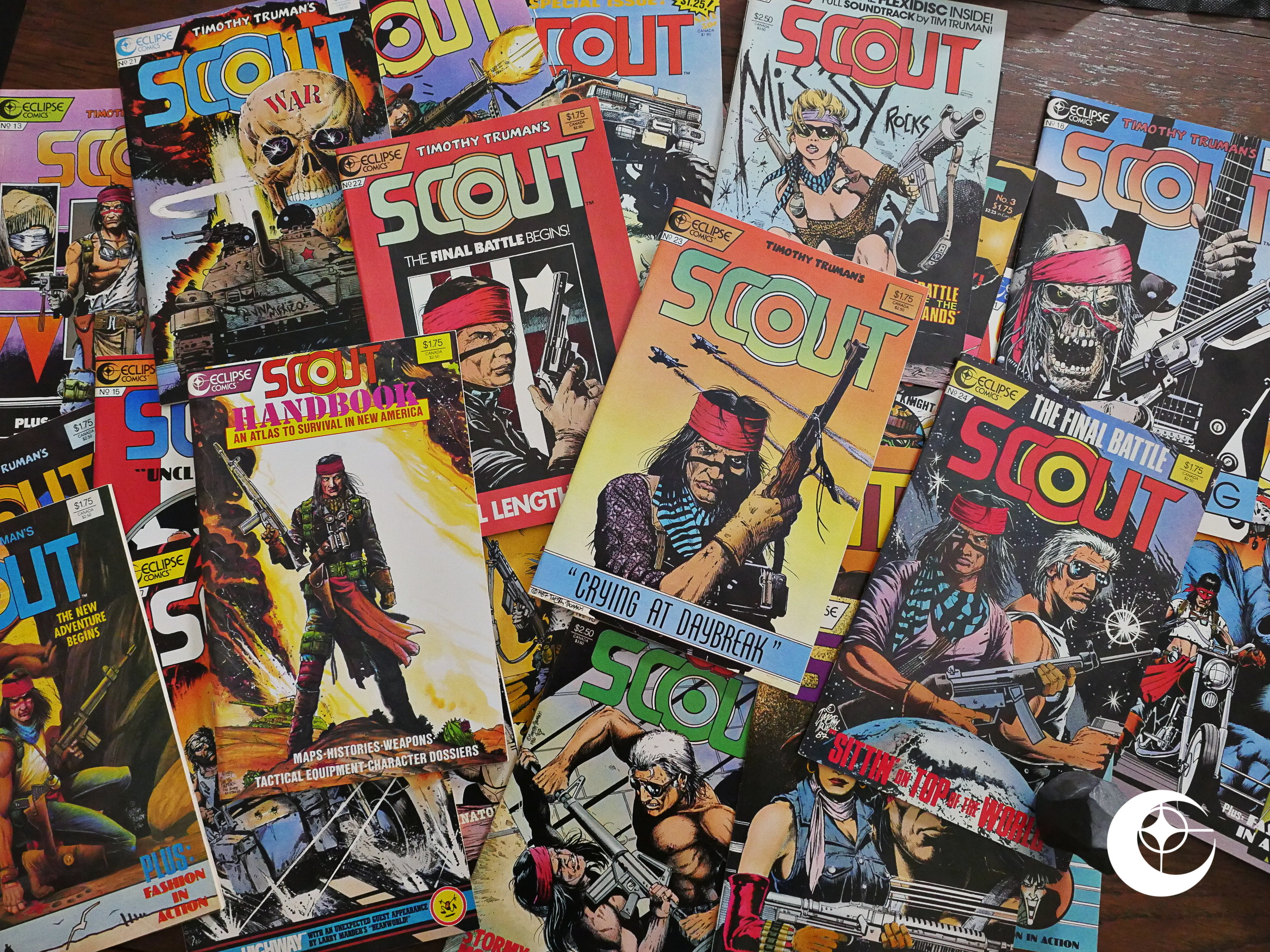
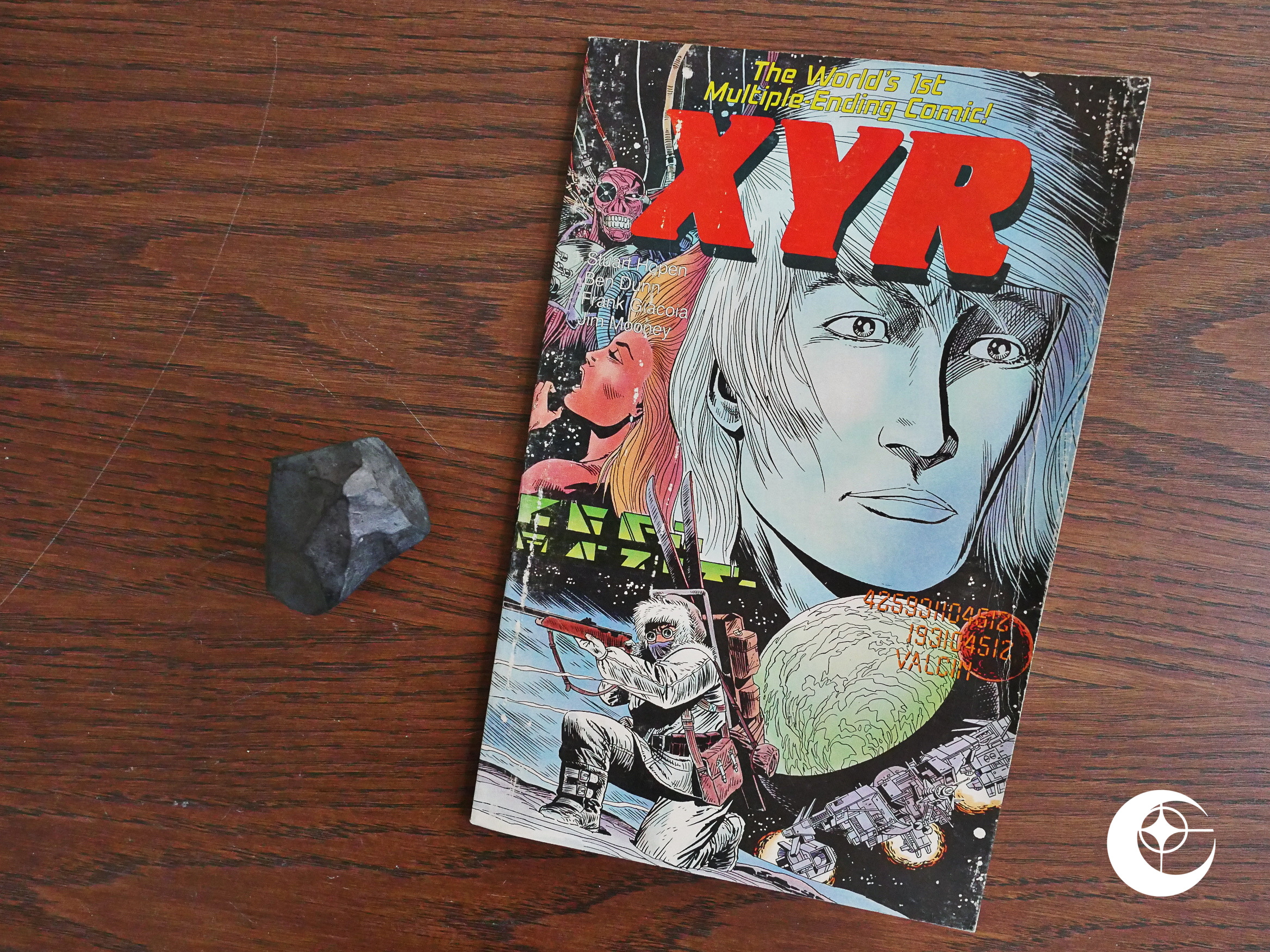
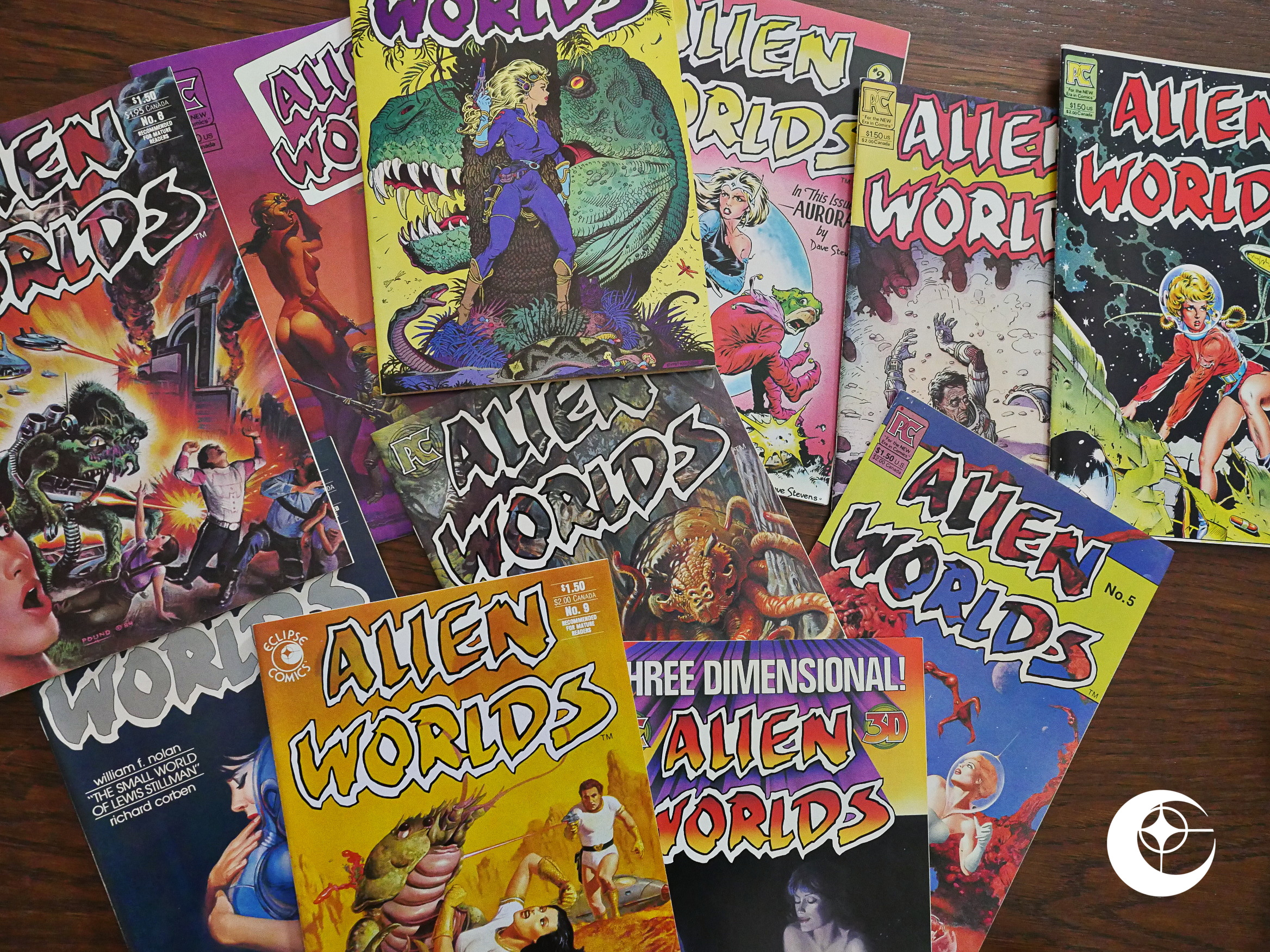
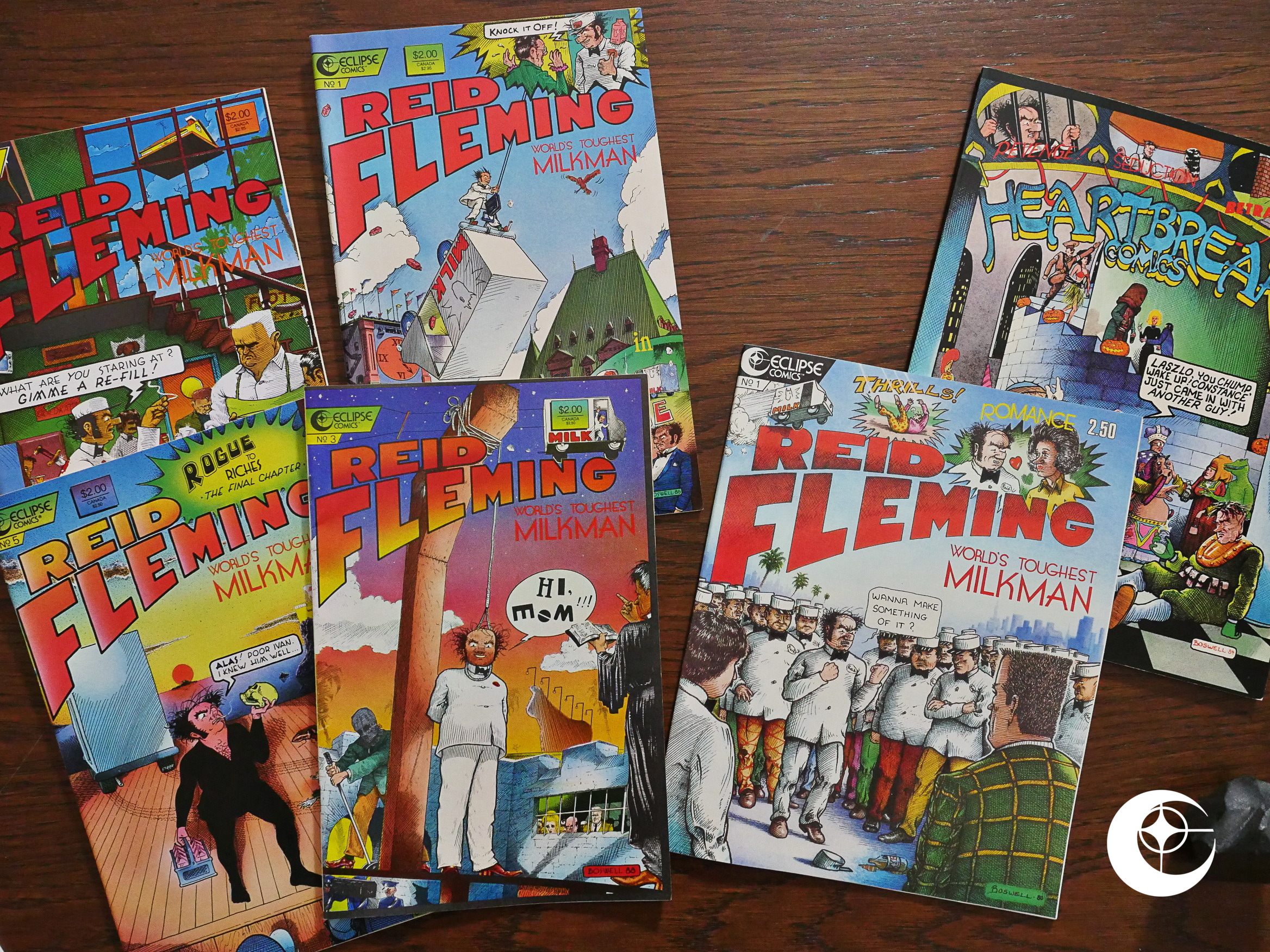
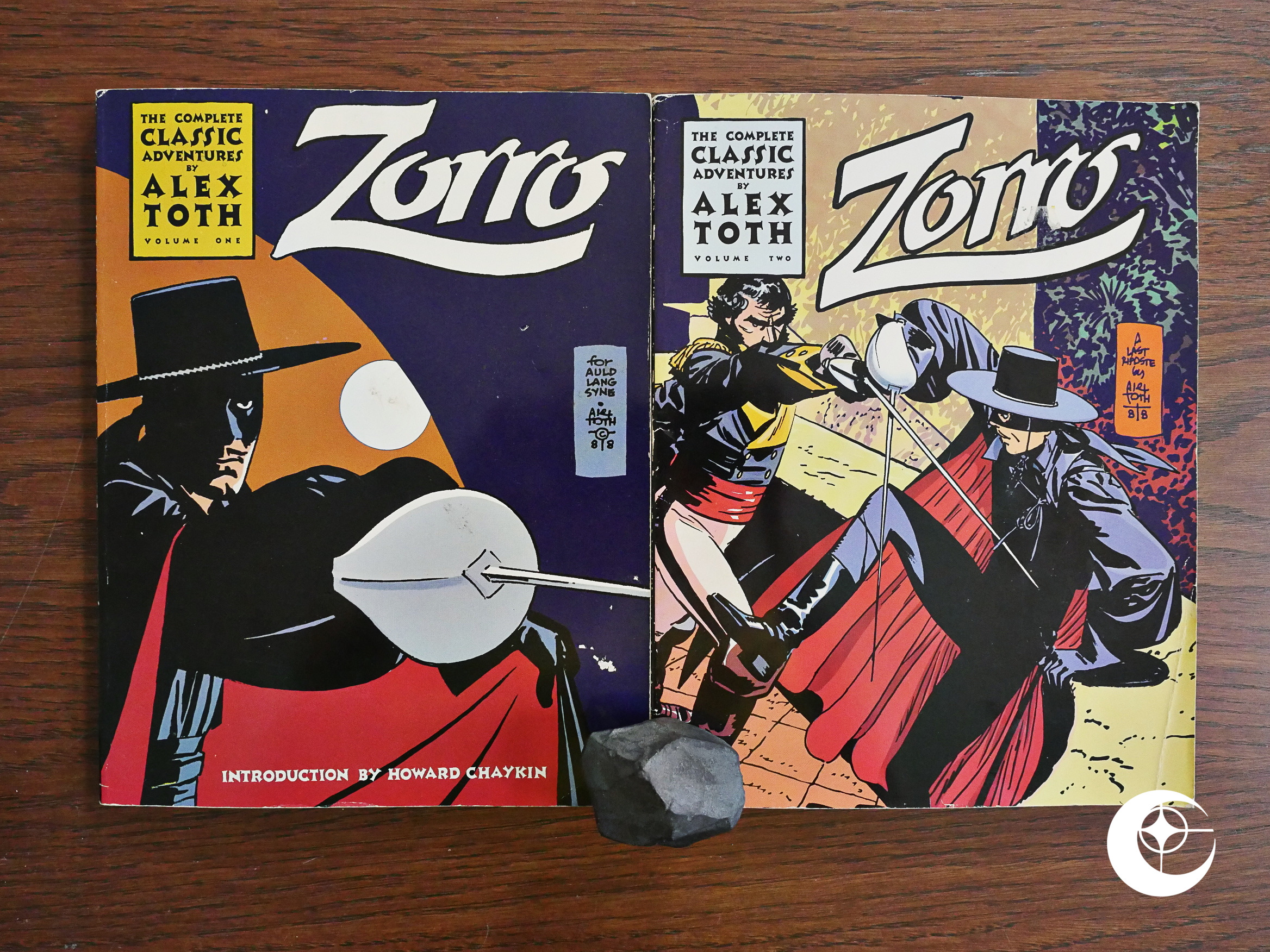
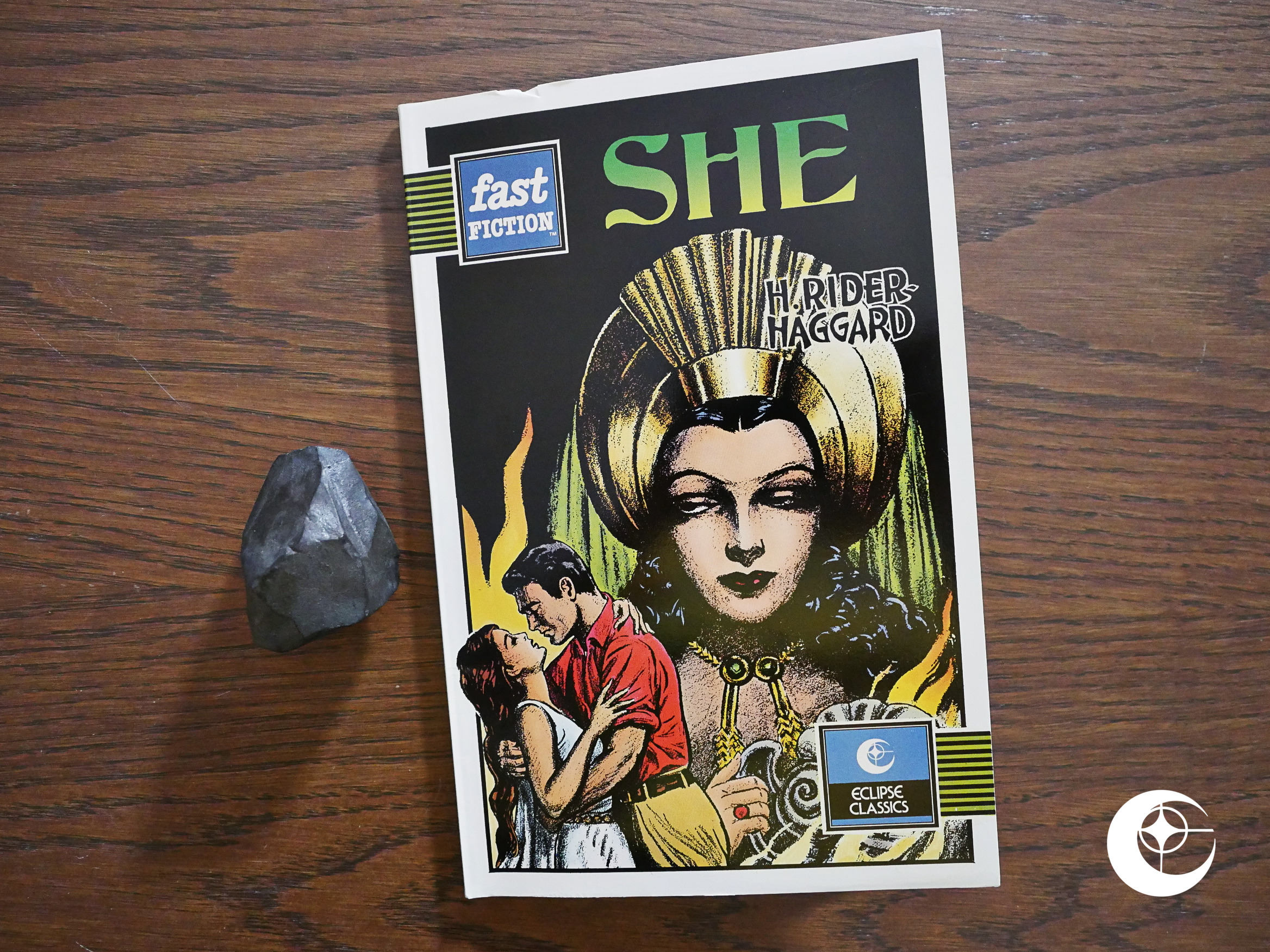
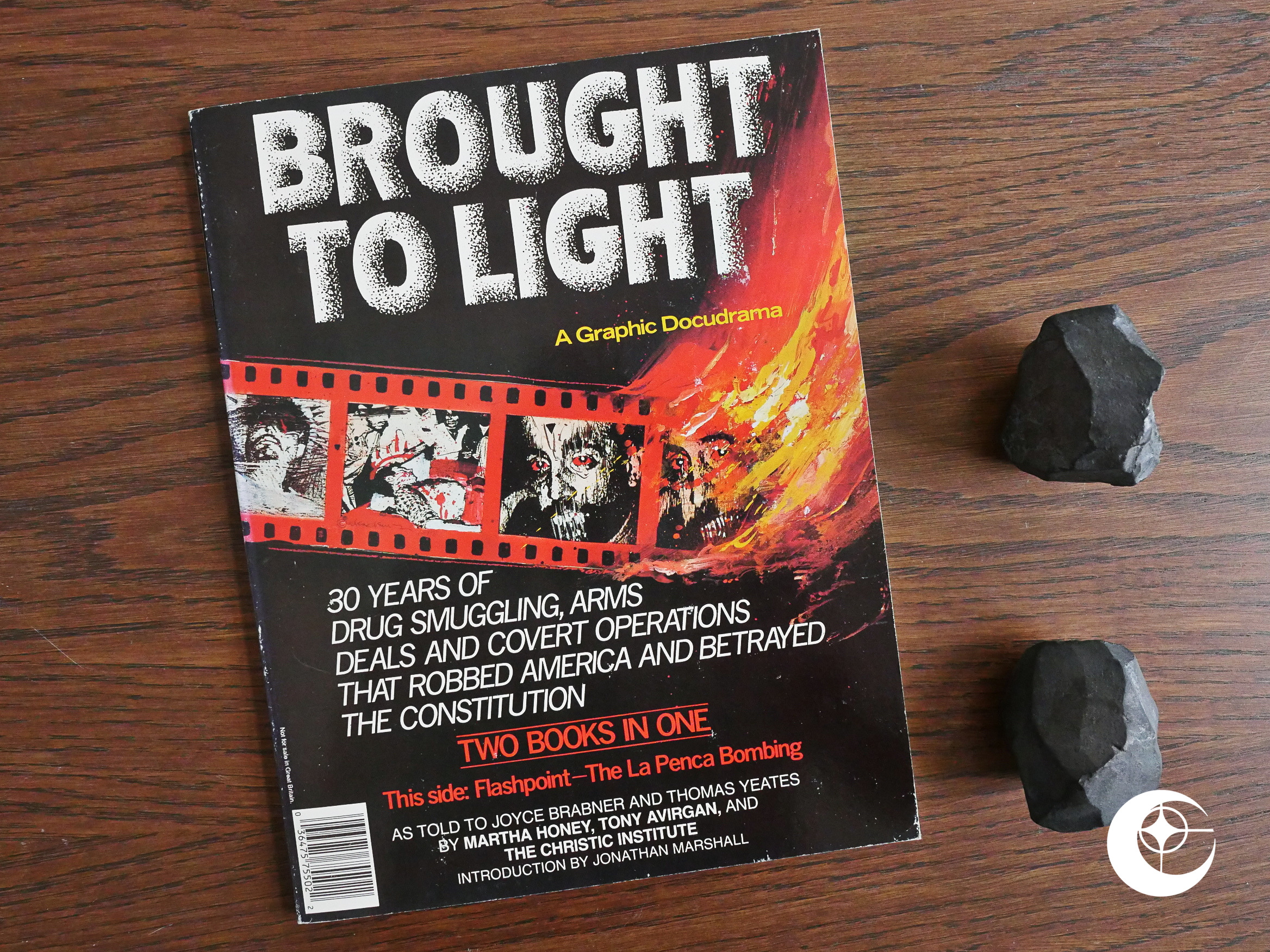
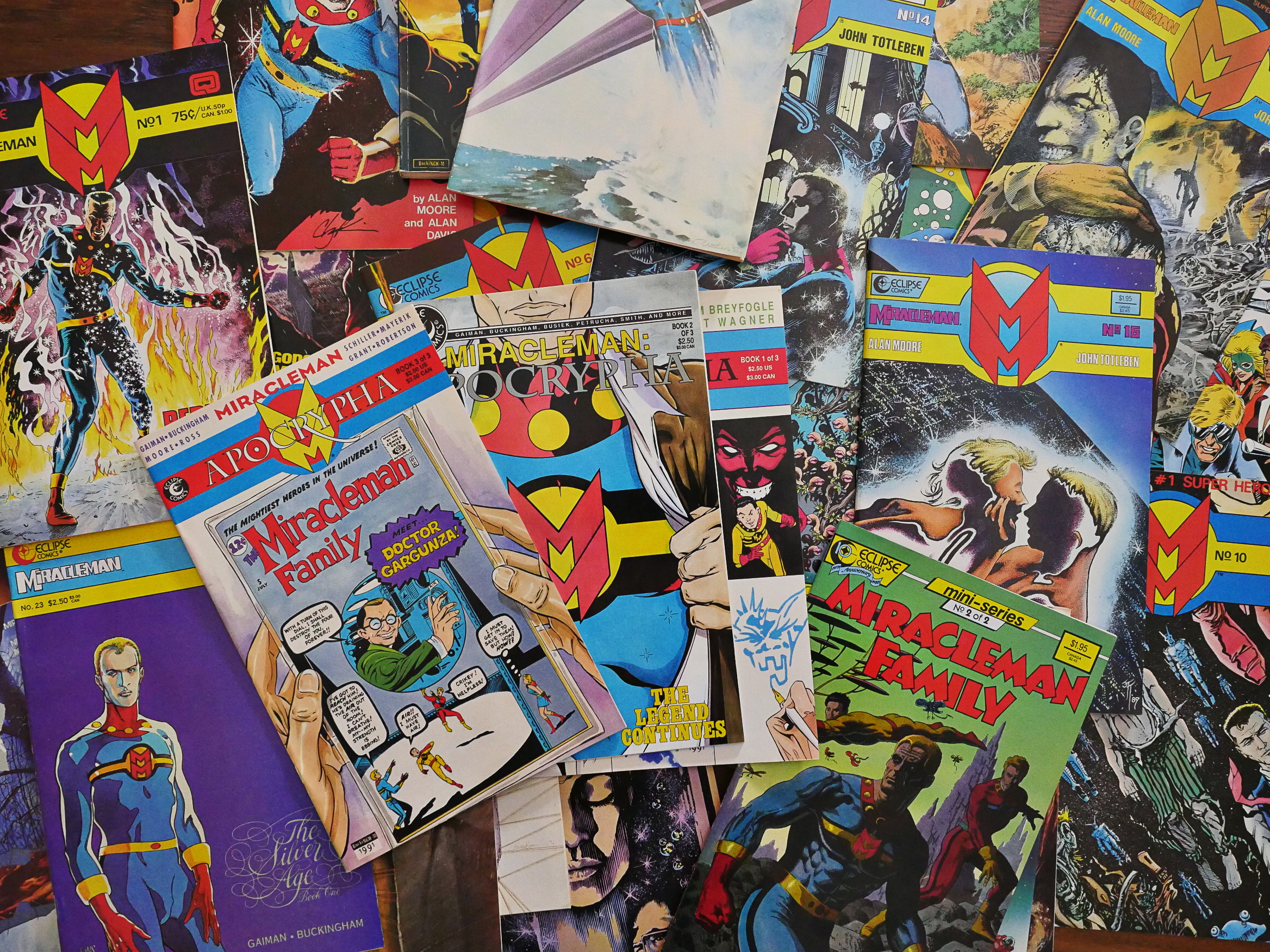
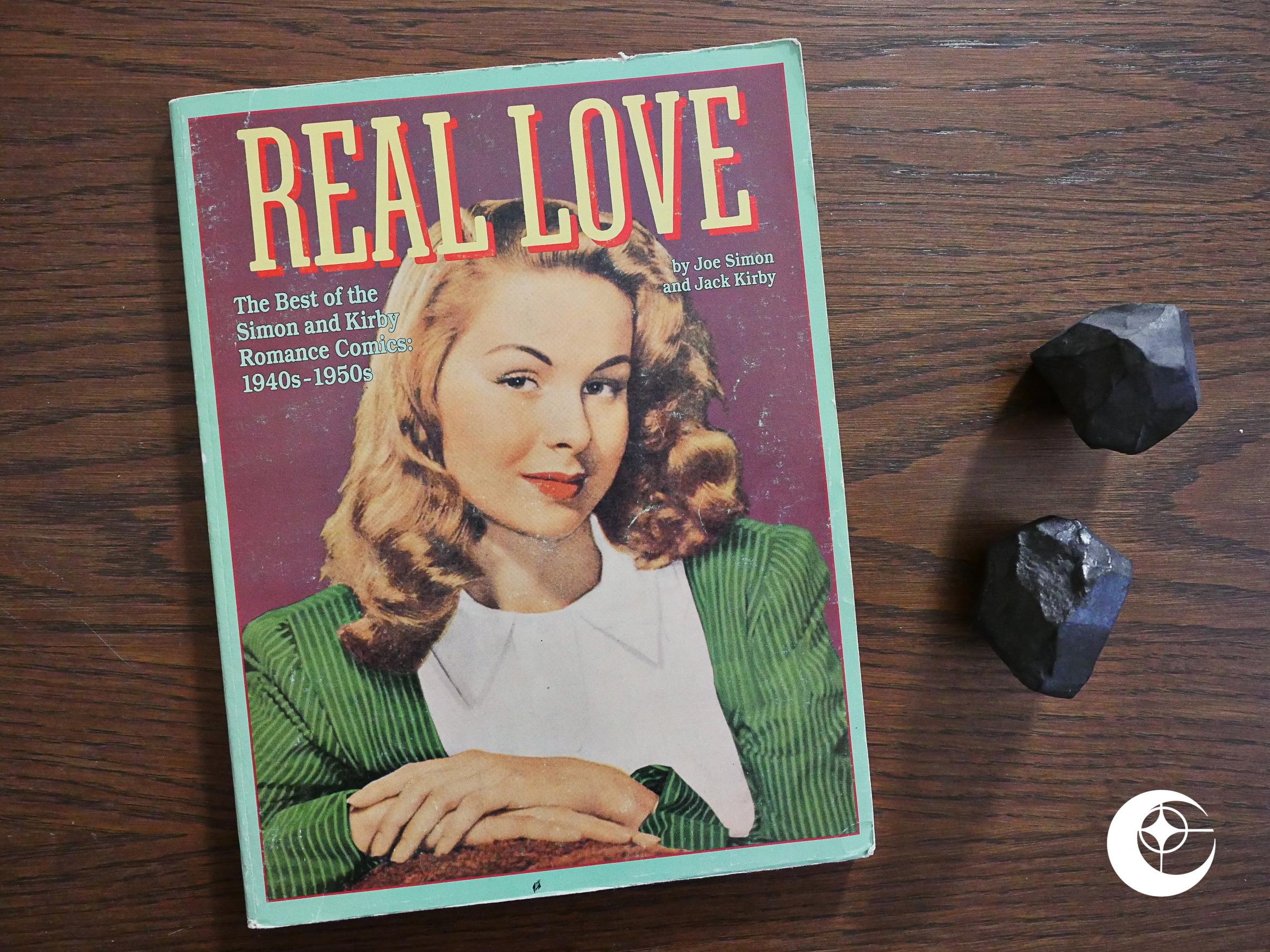
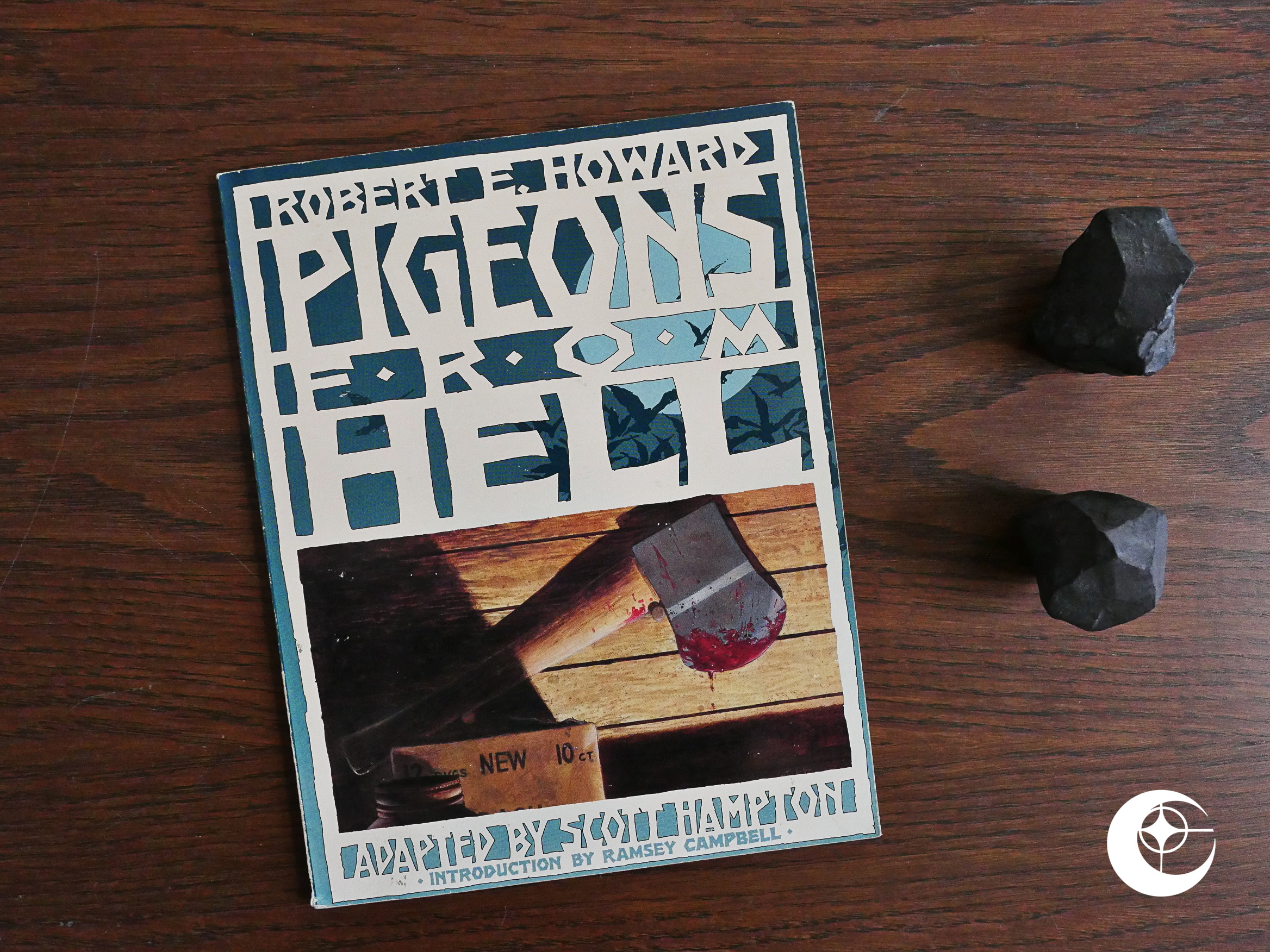
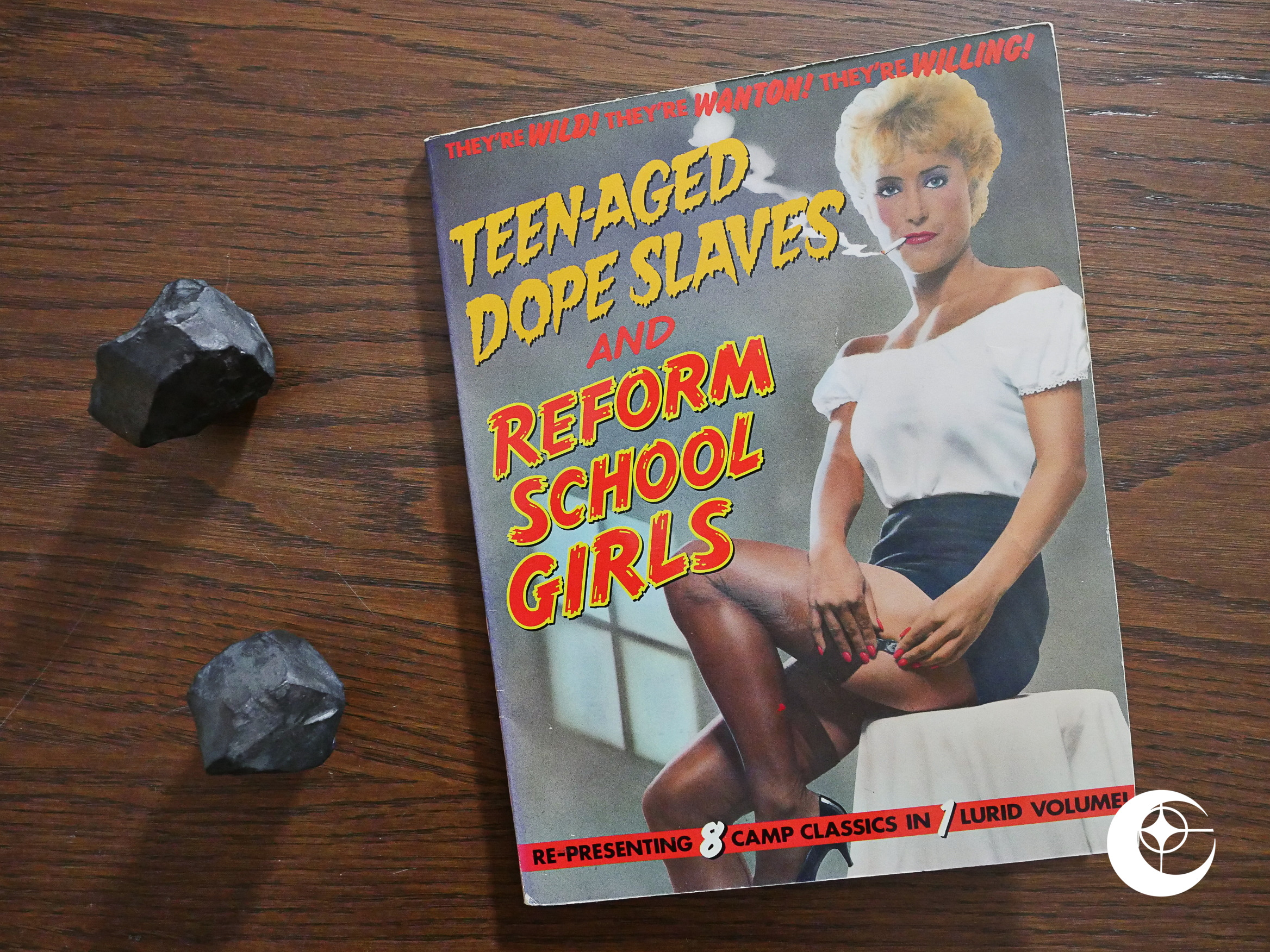
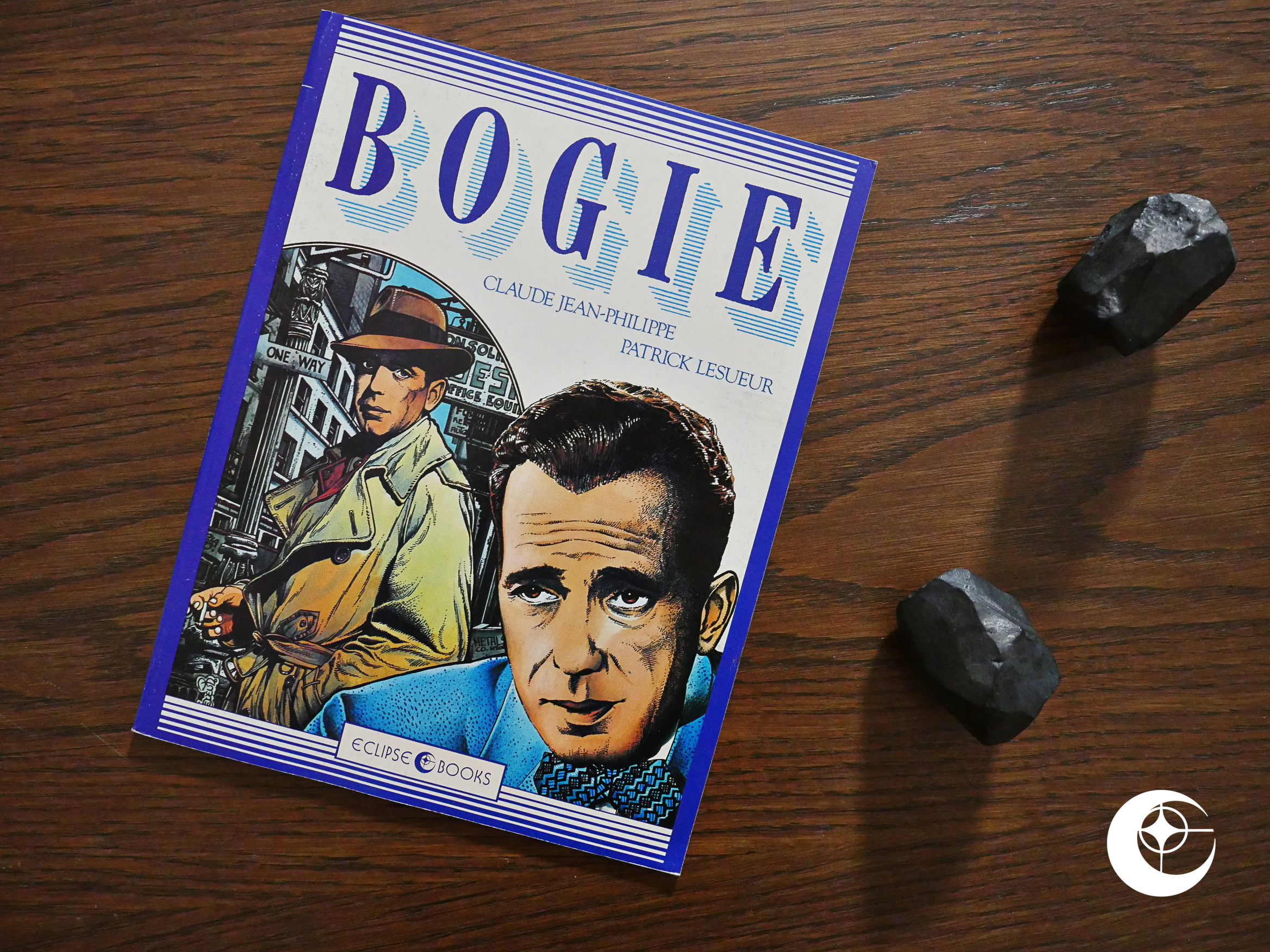
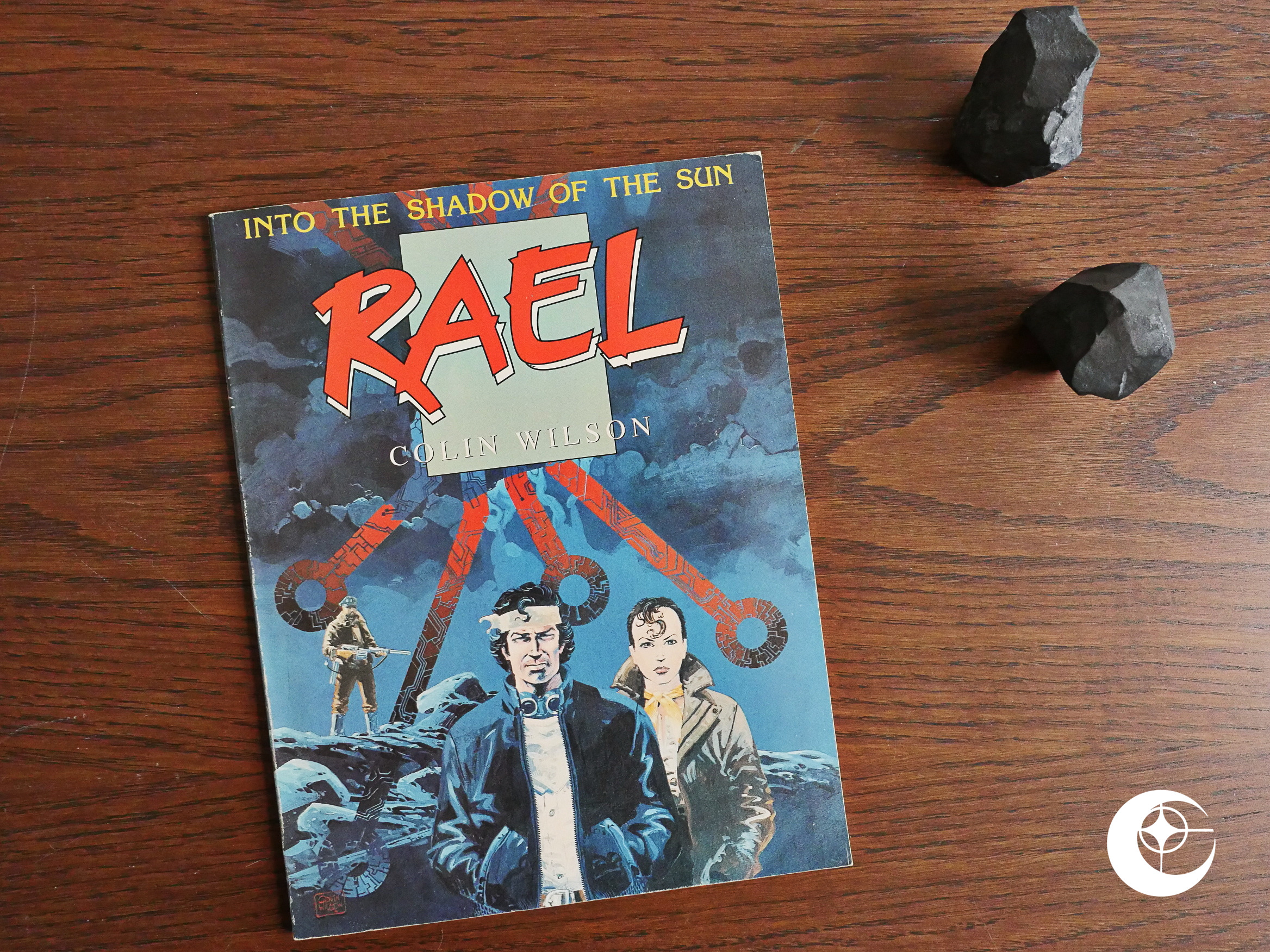
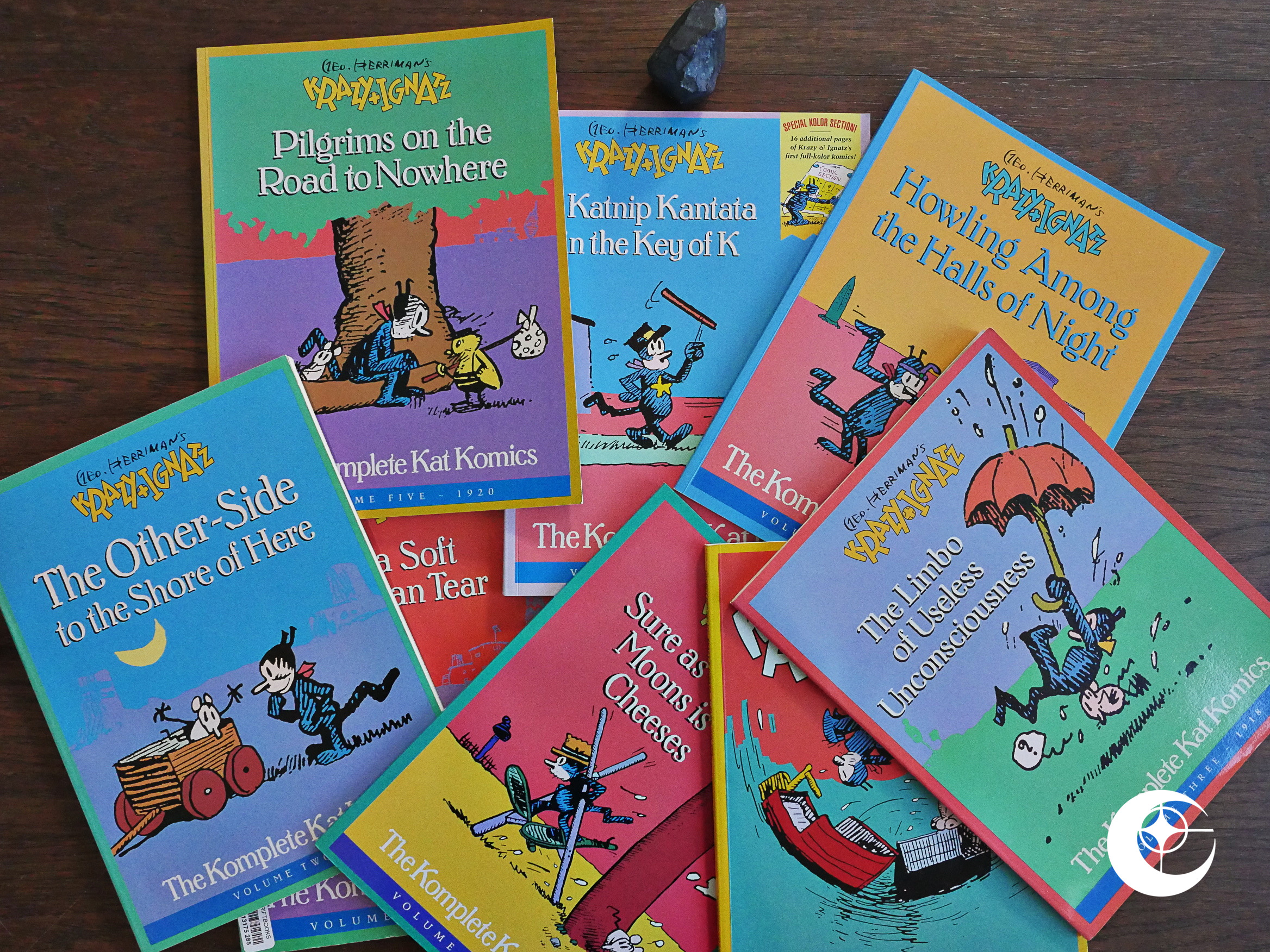

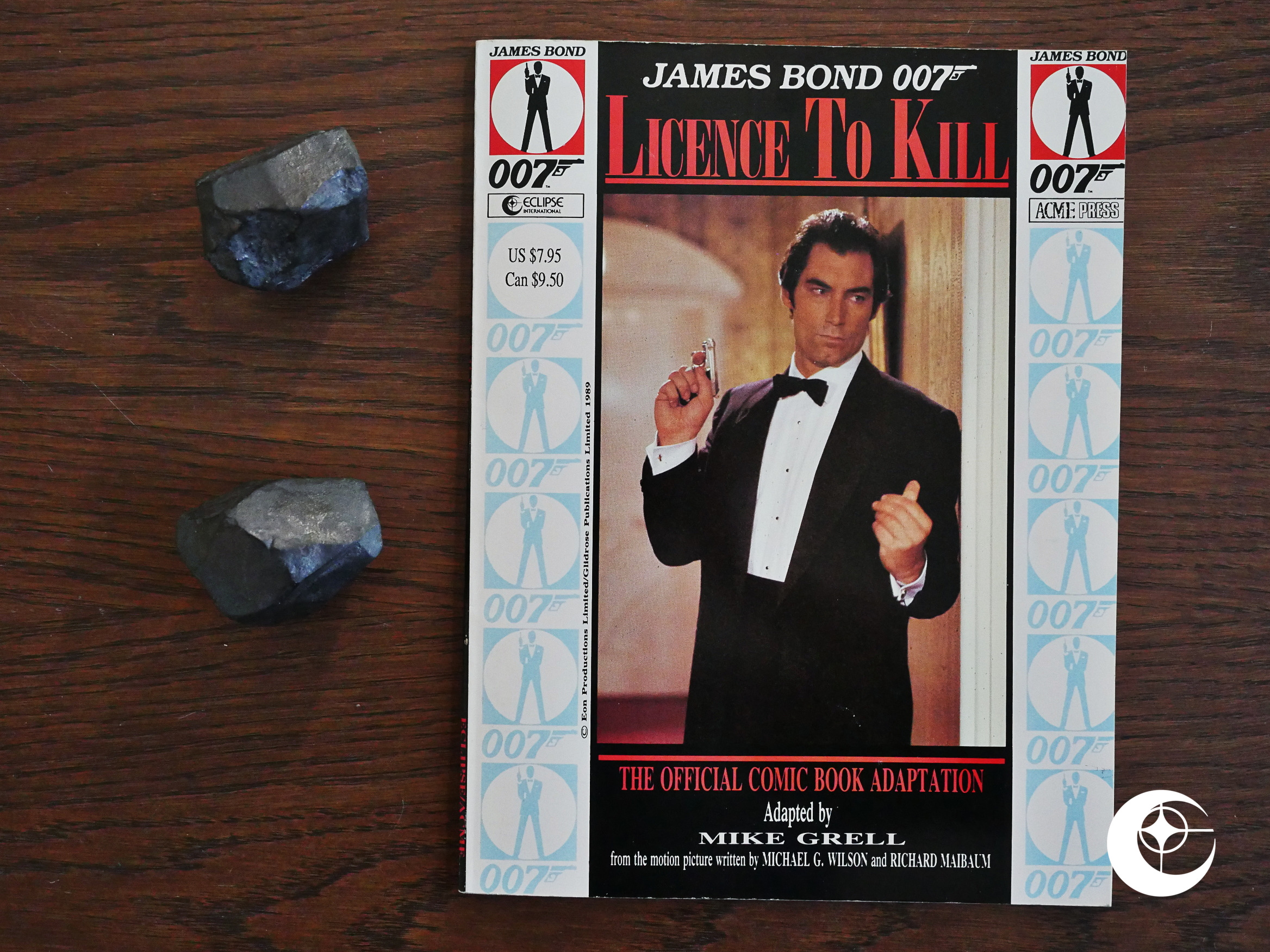
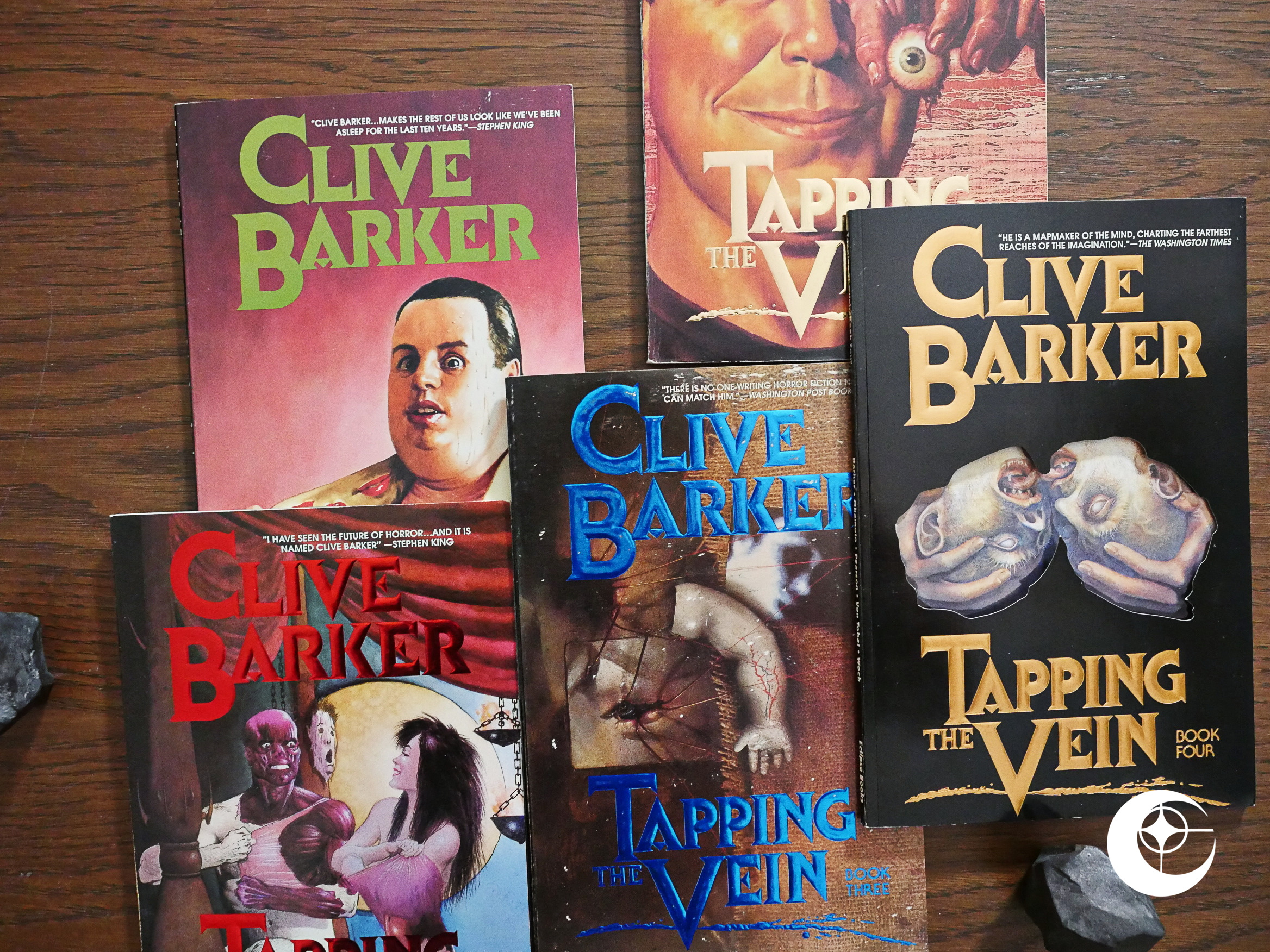
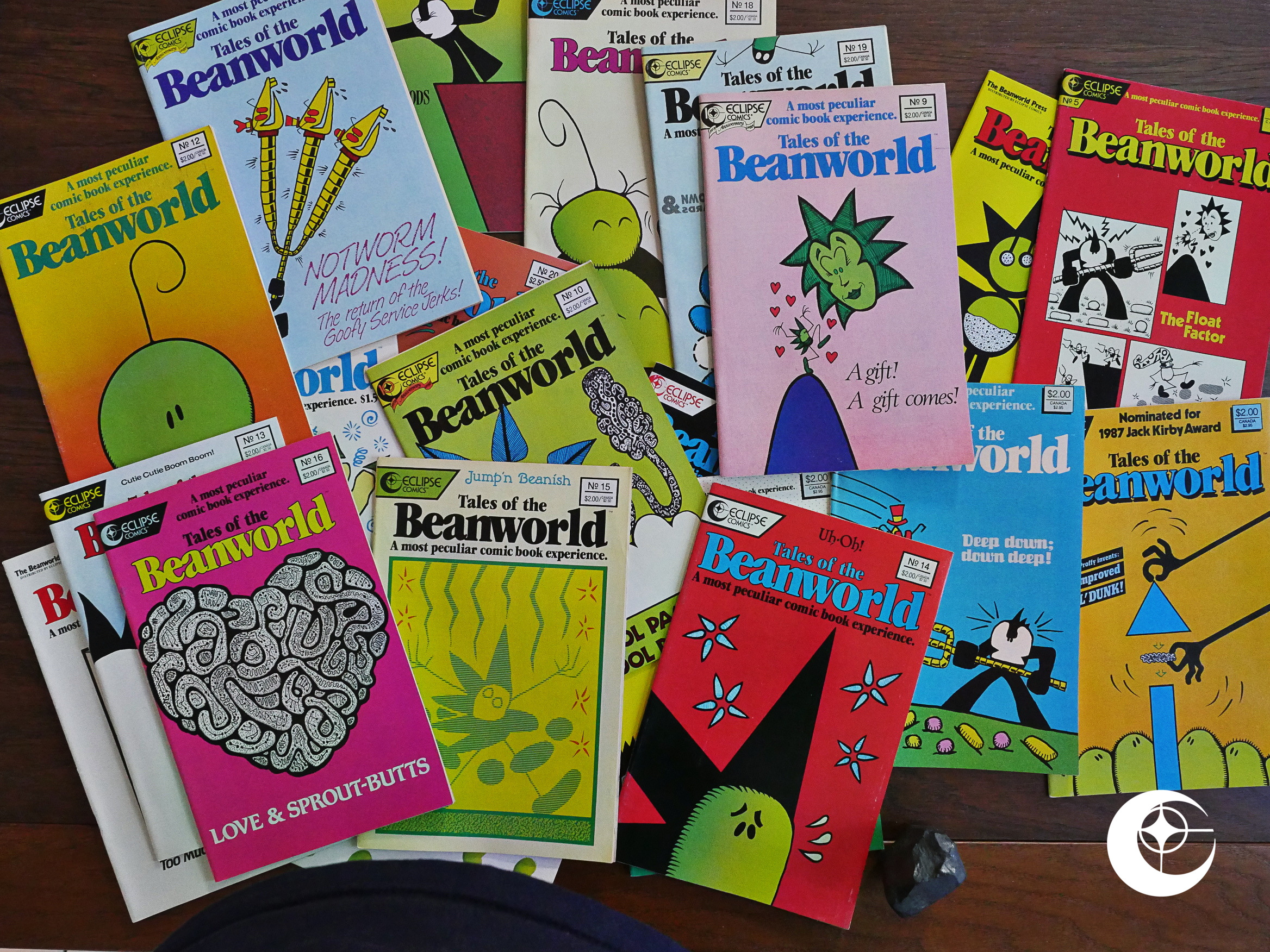
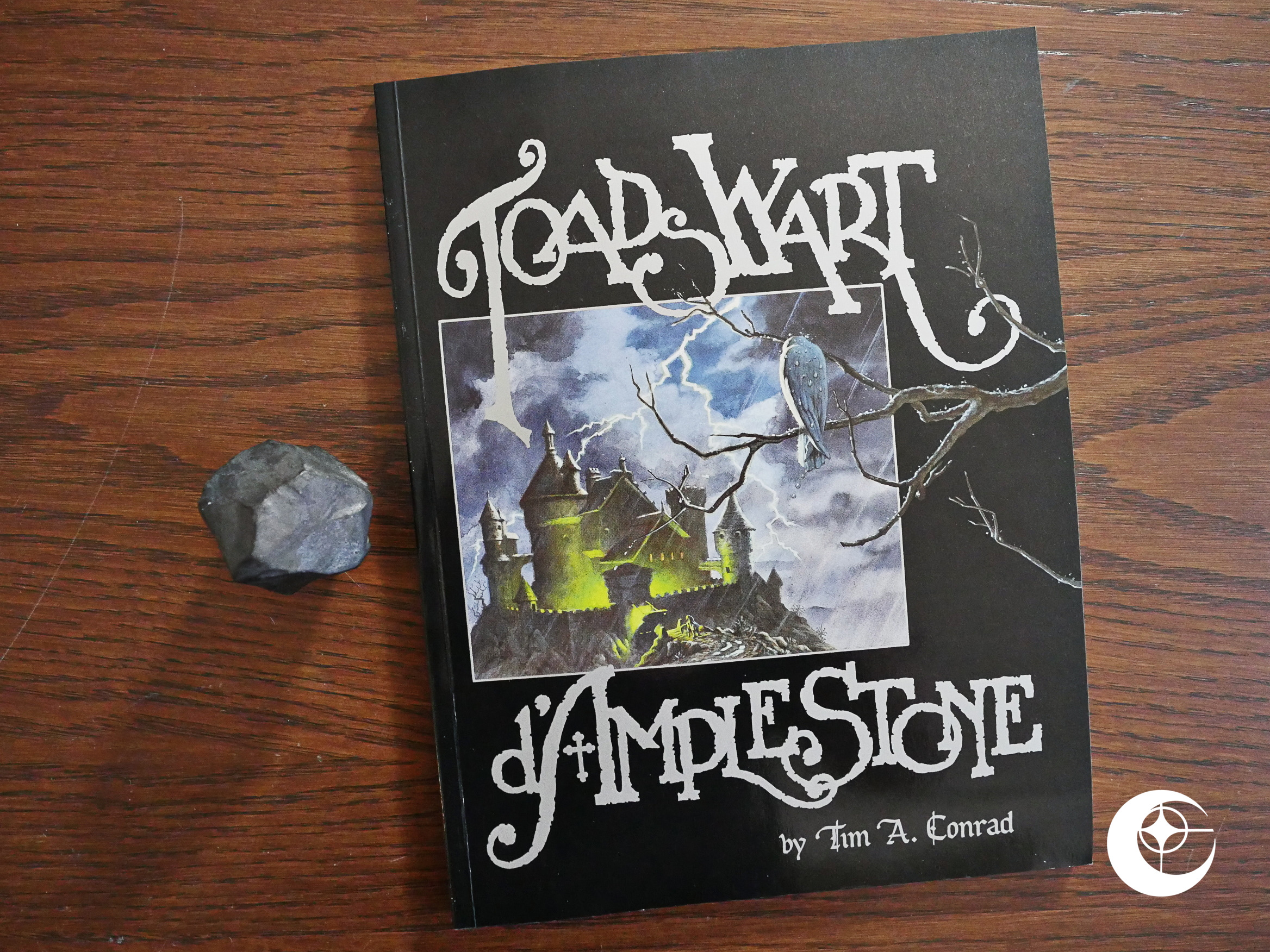

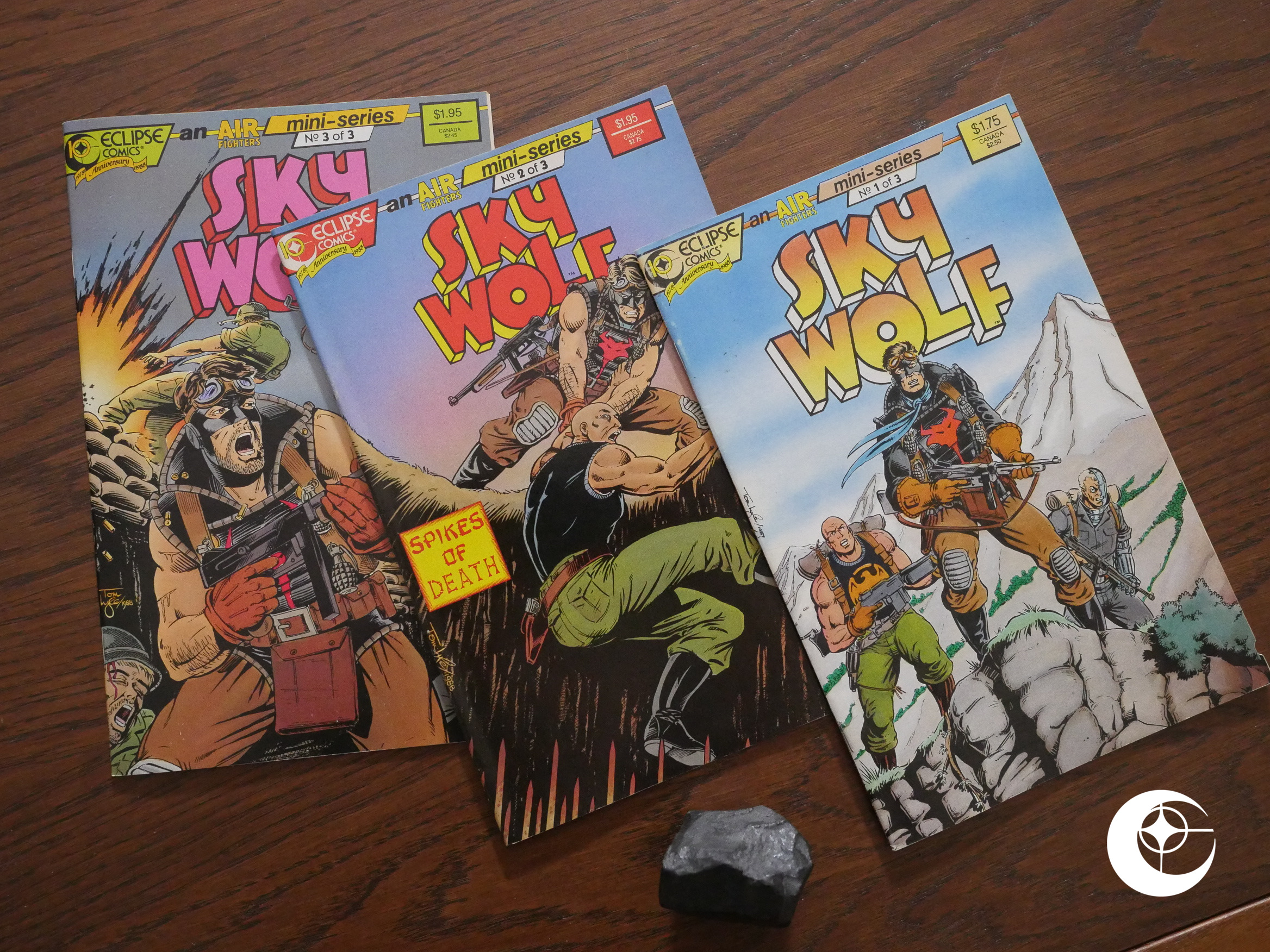
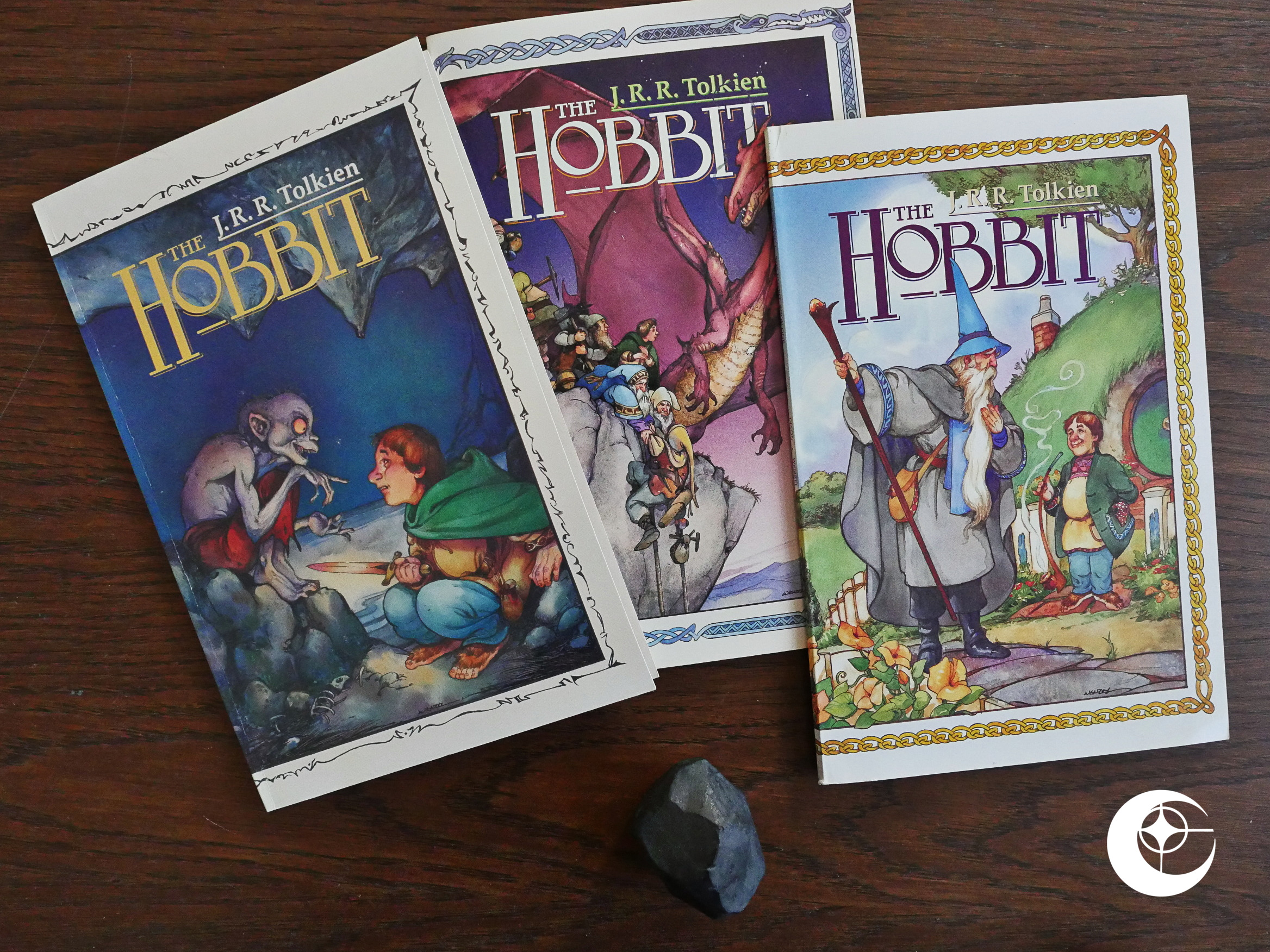
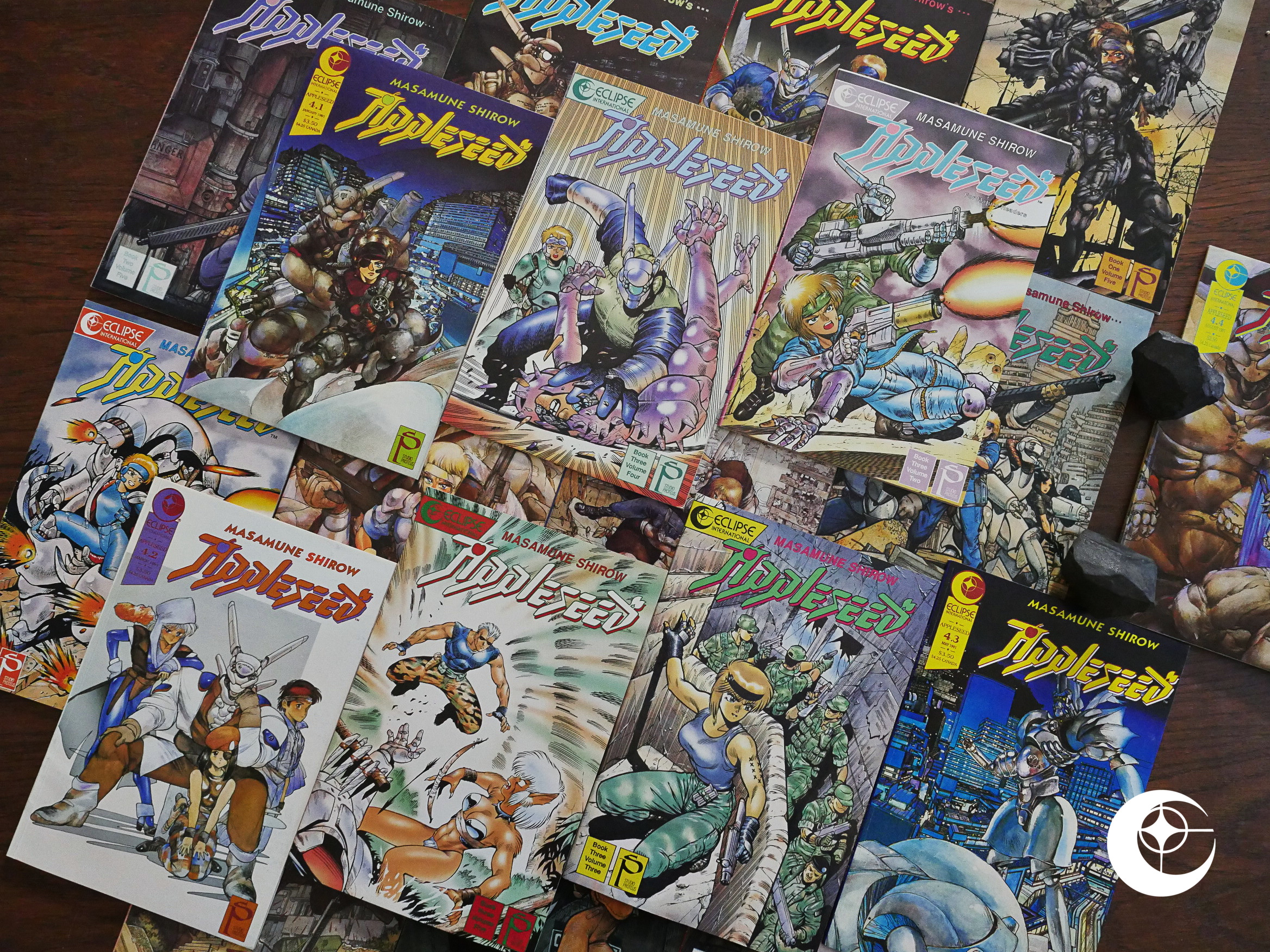
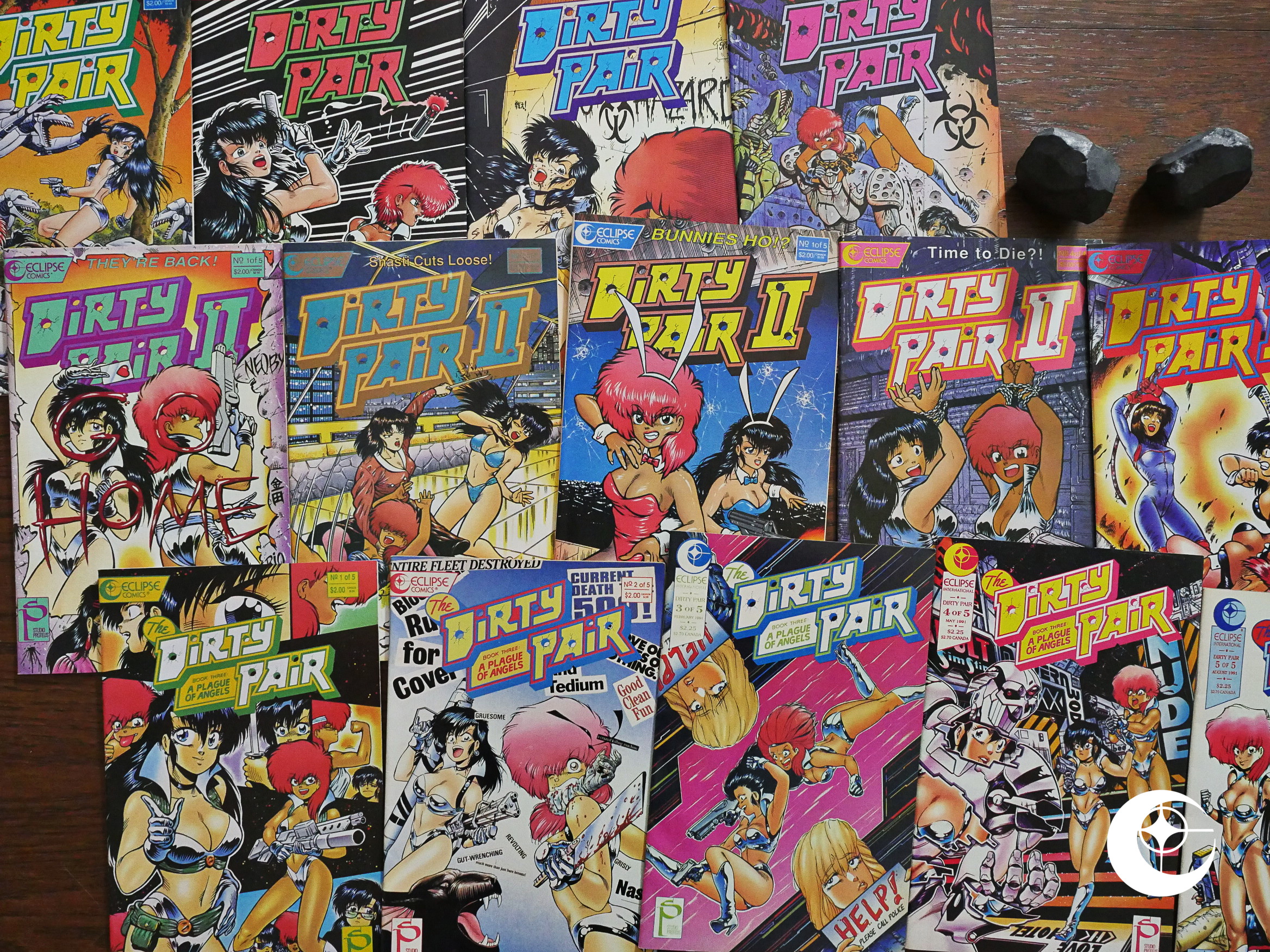
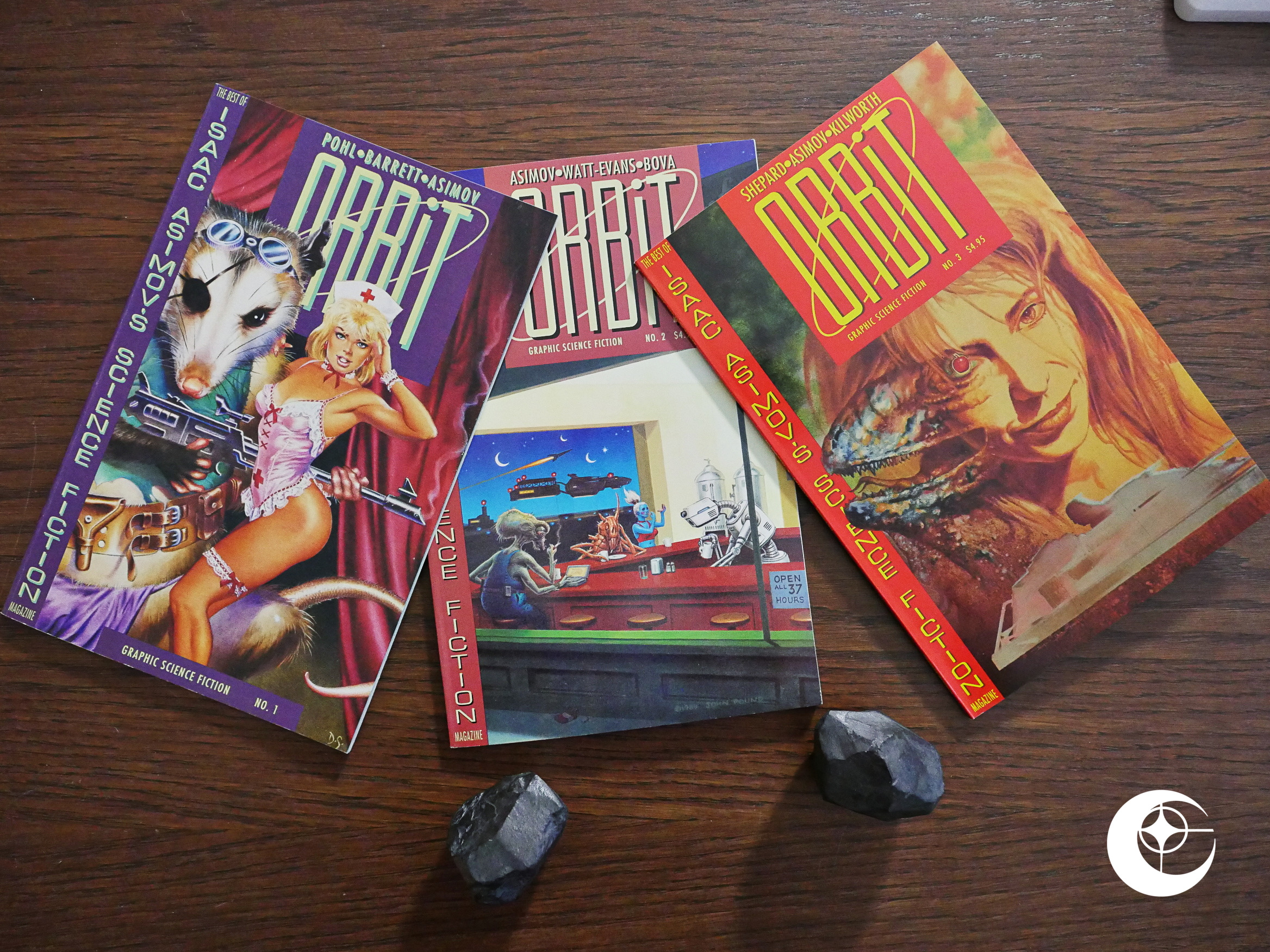
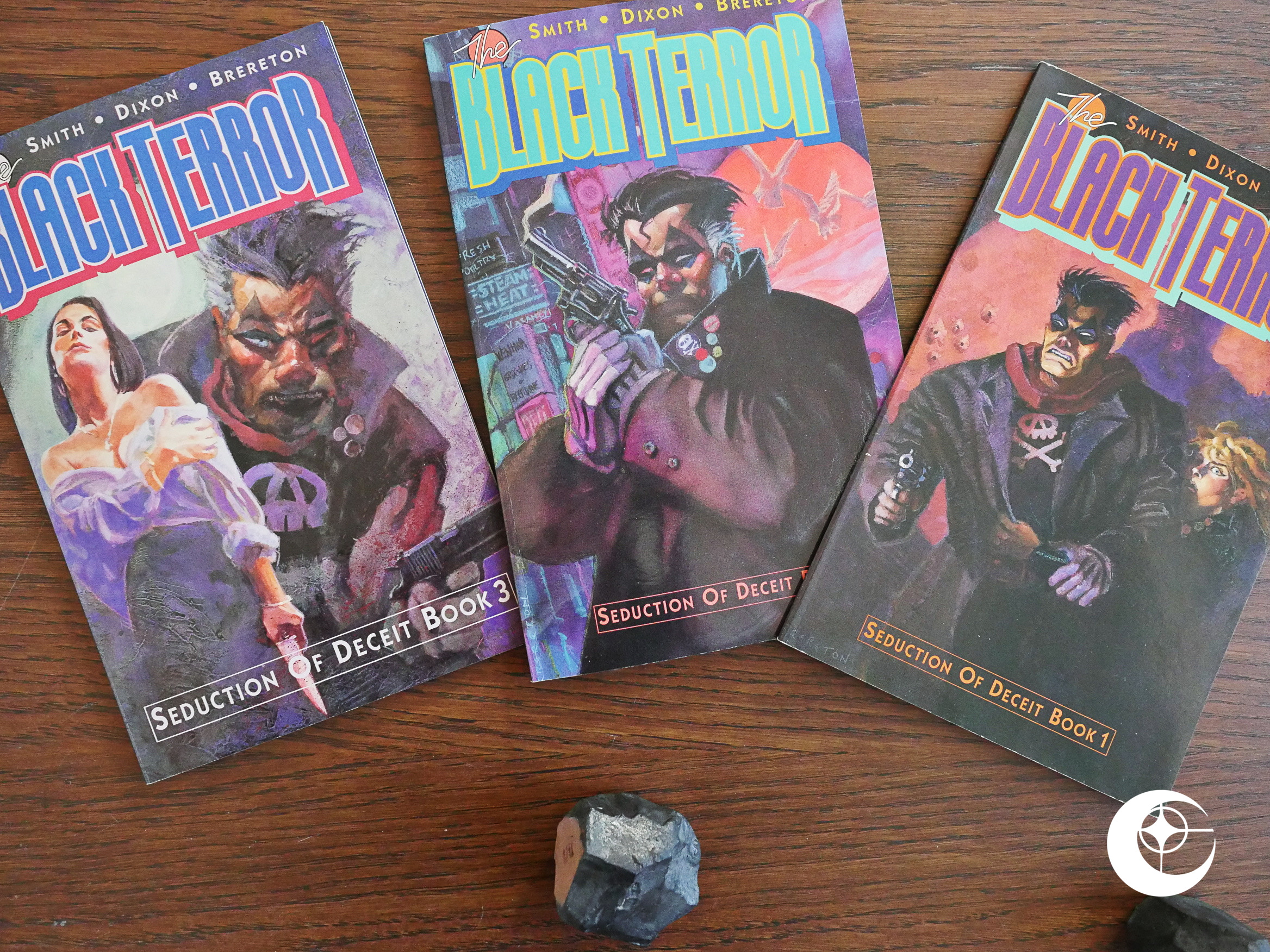
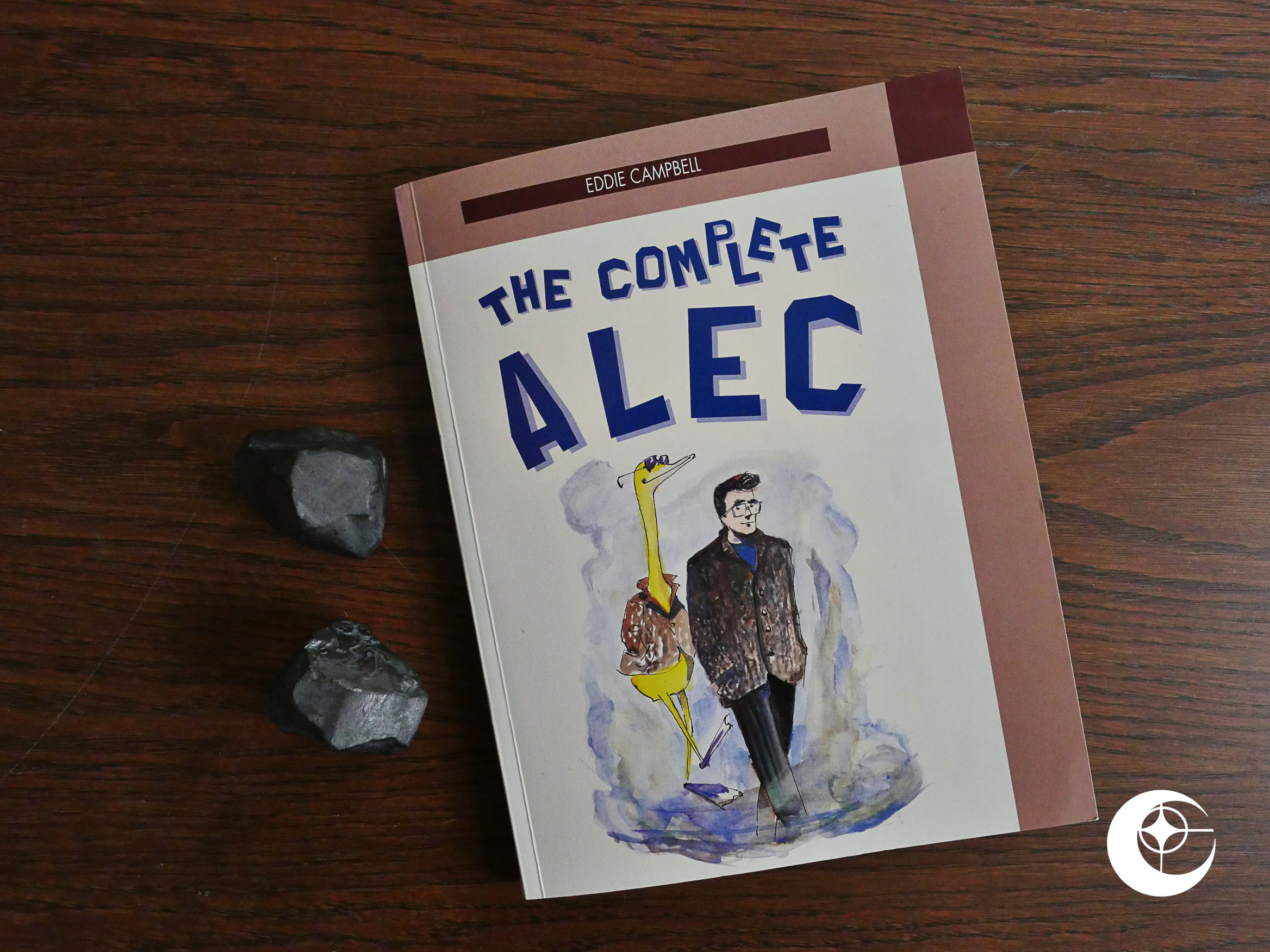

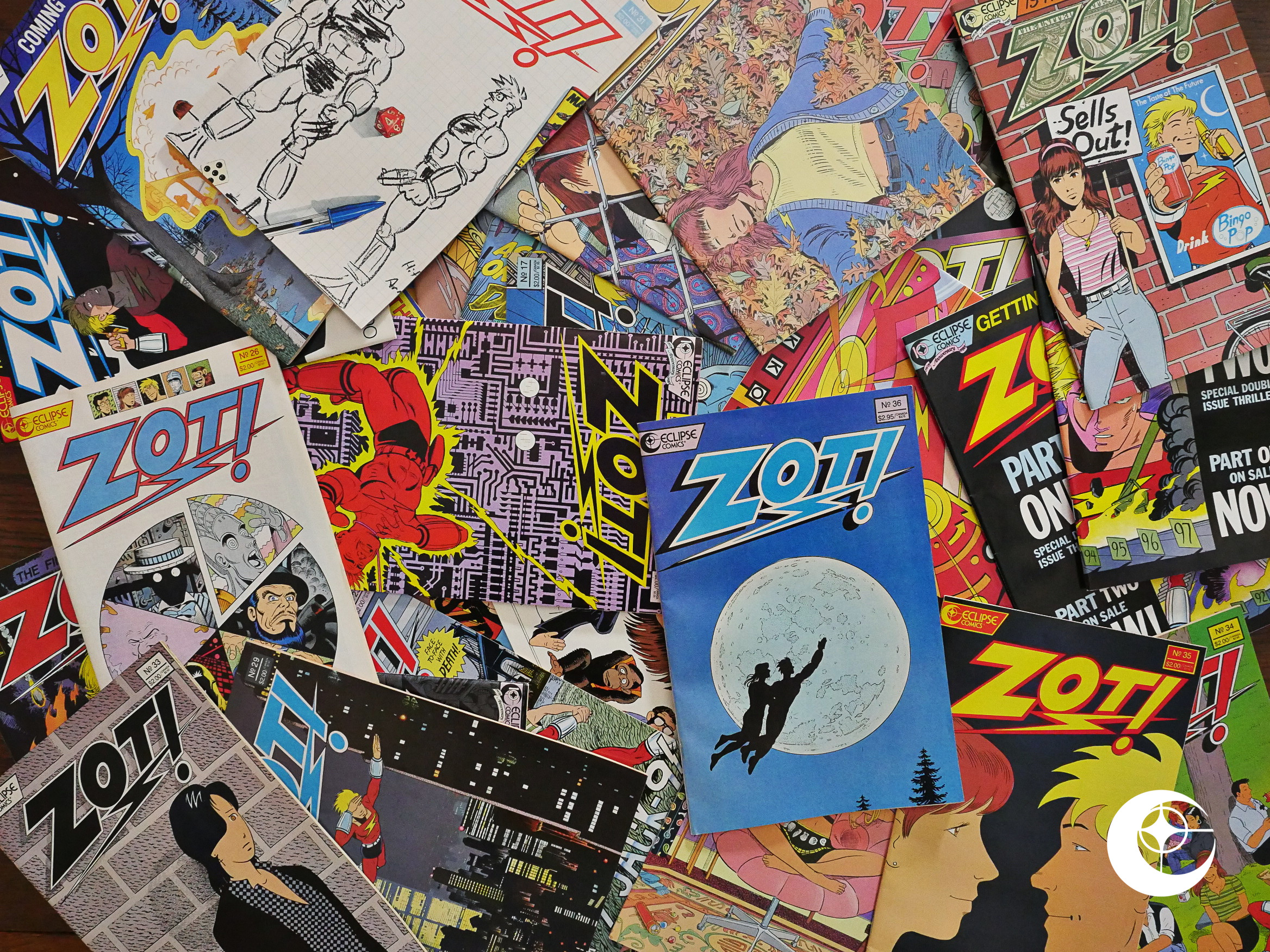

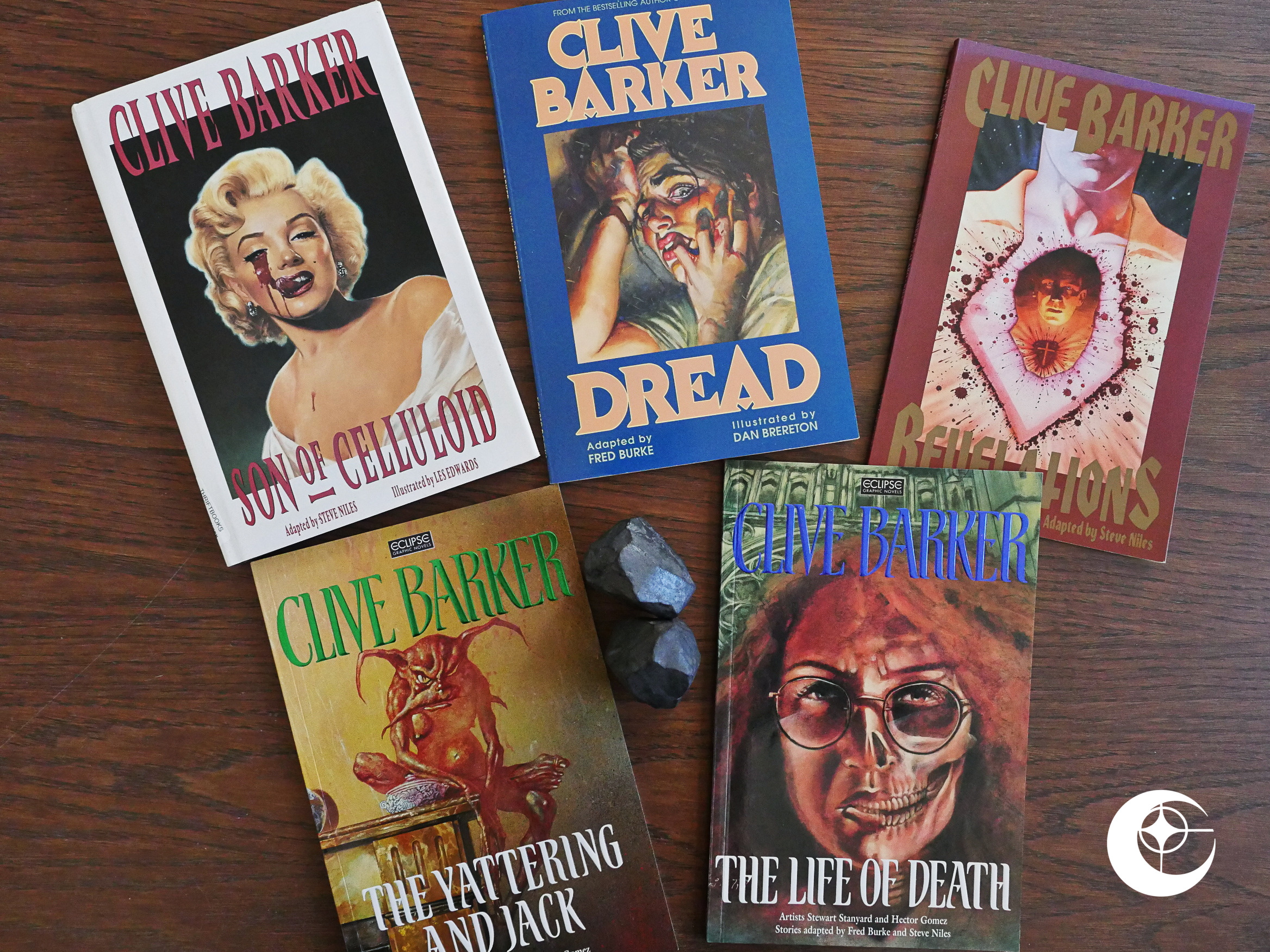 51: Son of Celluloid (1991)
51: Son of Celluloid (1991)
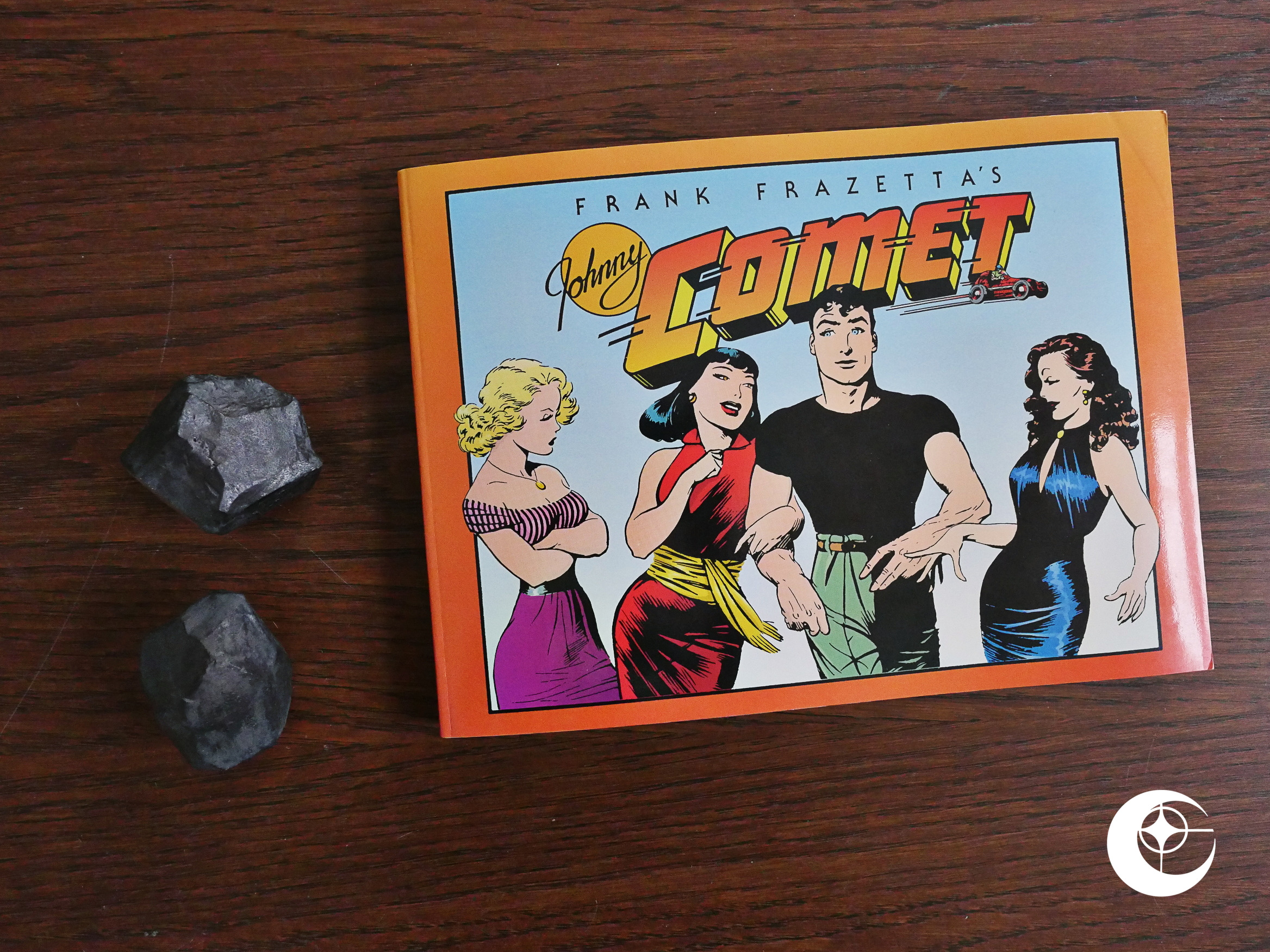


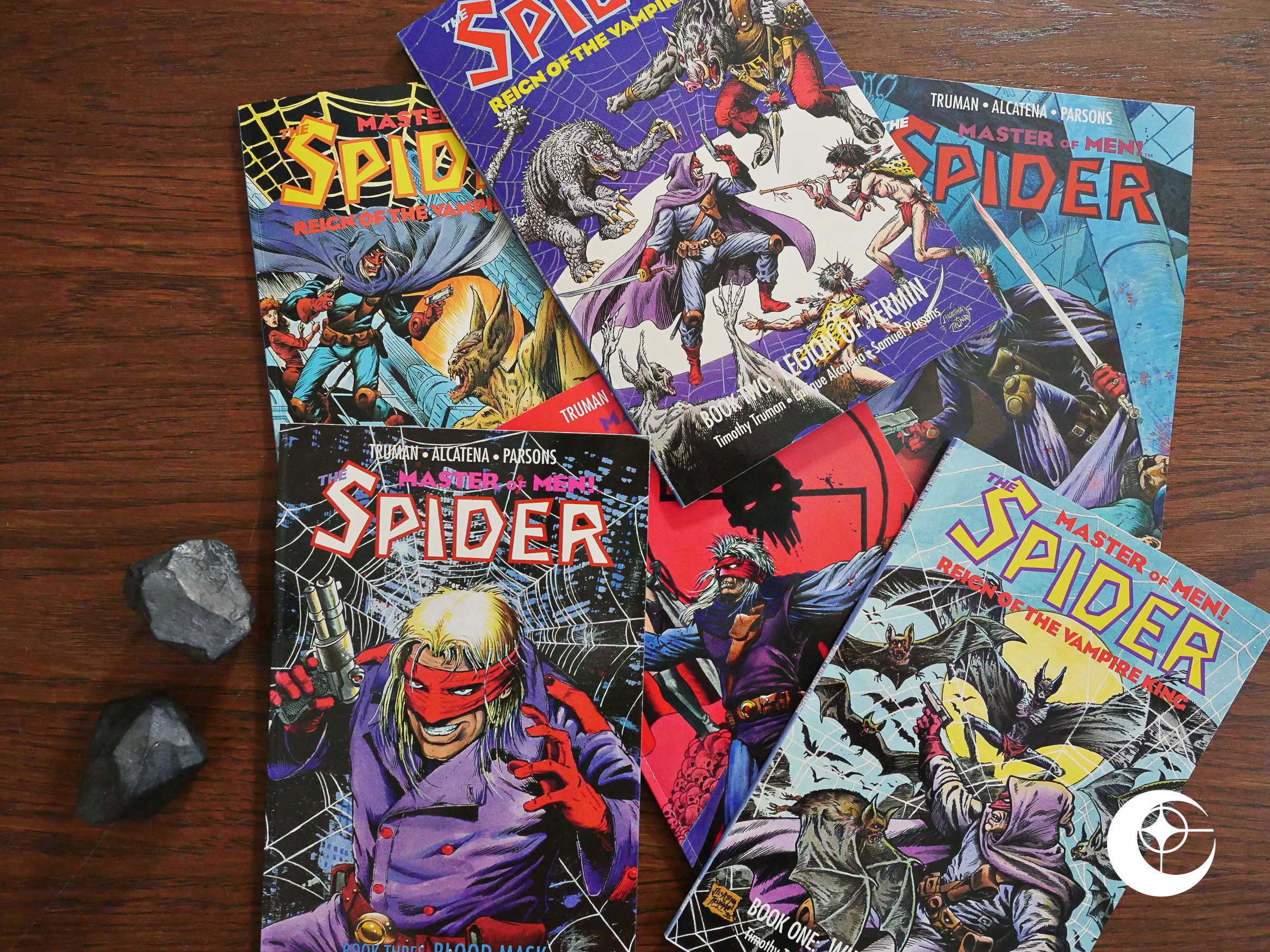
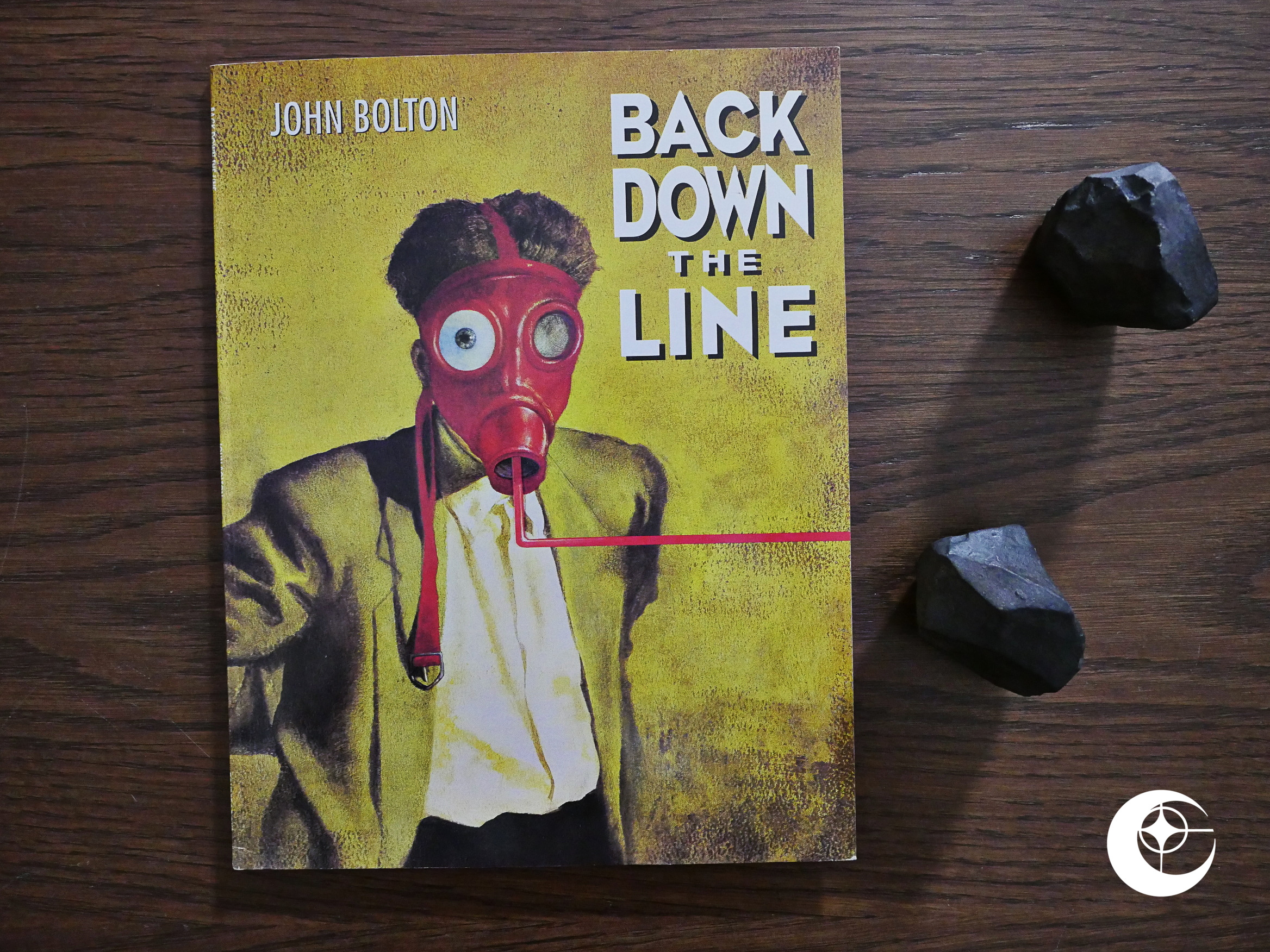
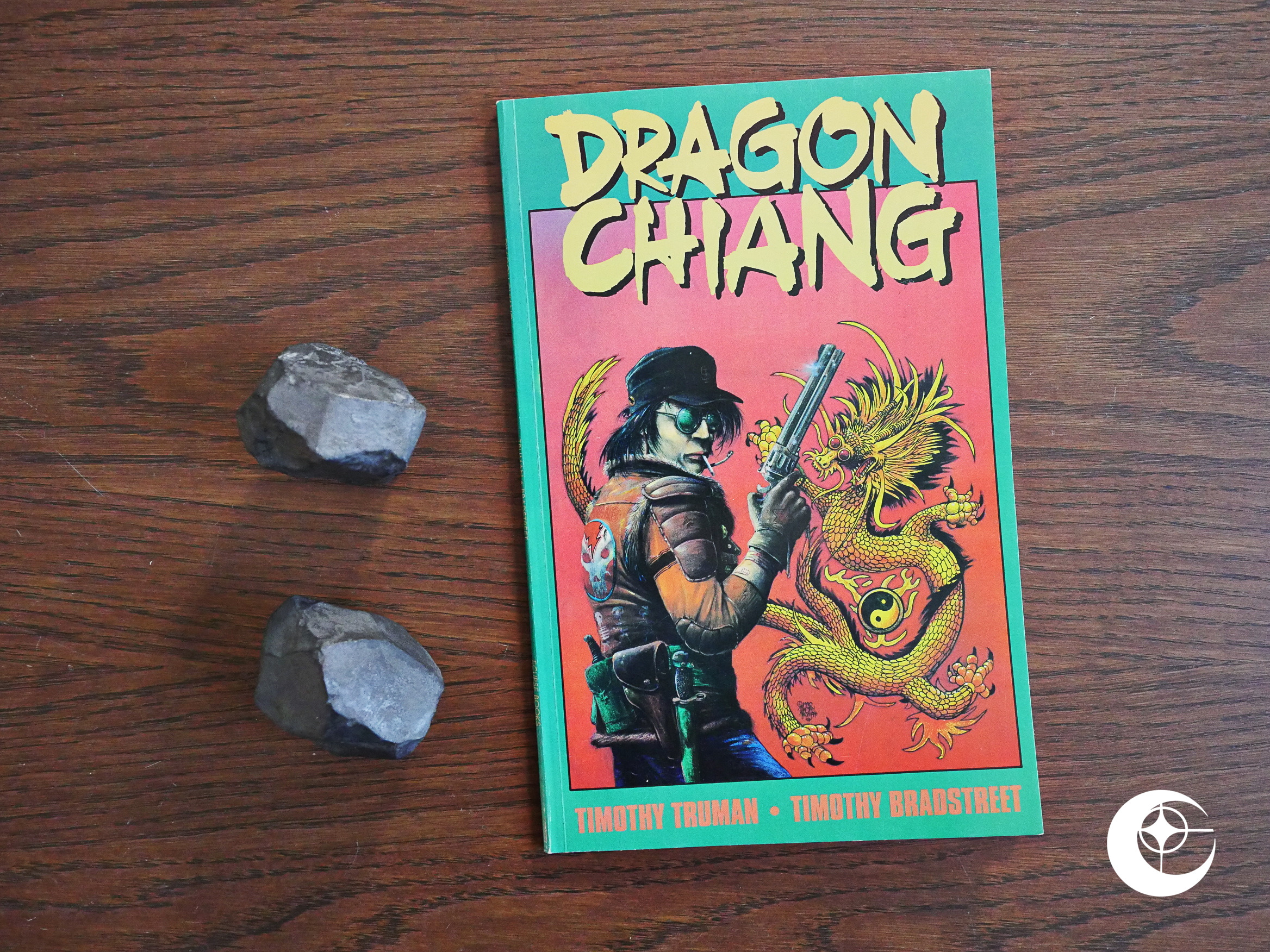
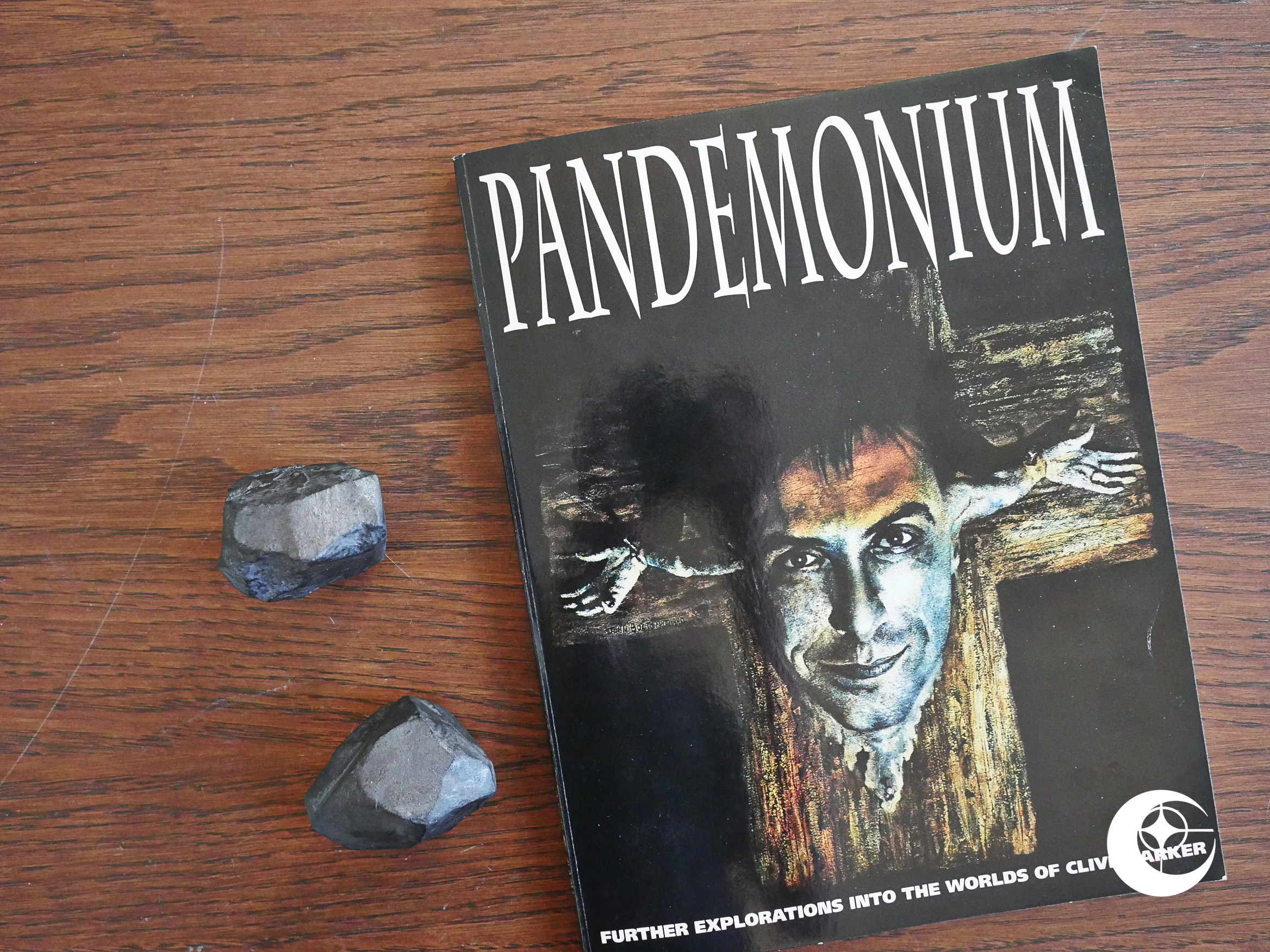
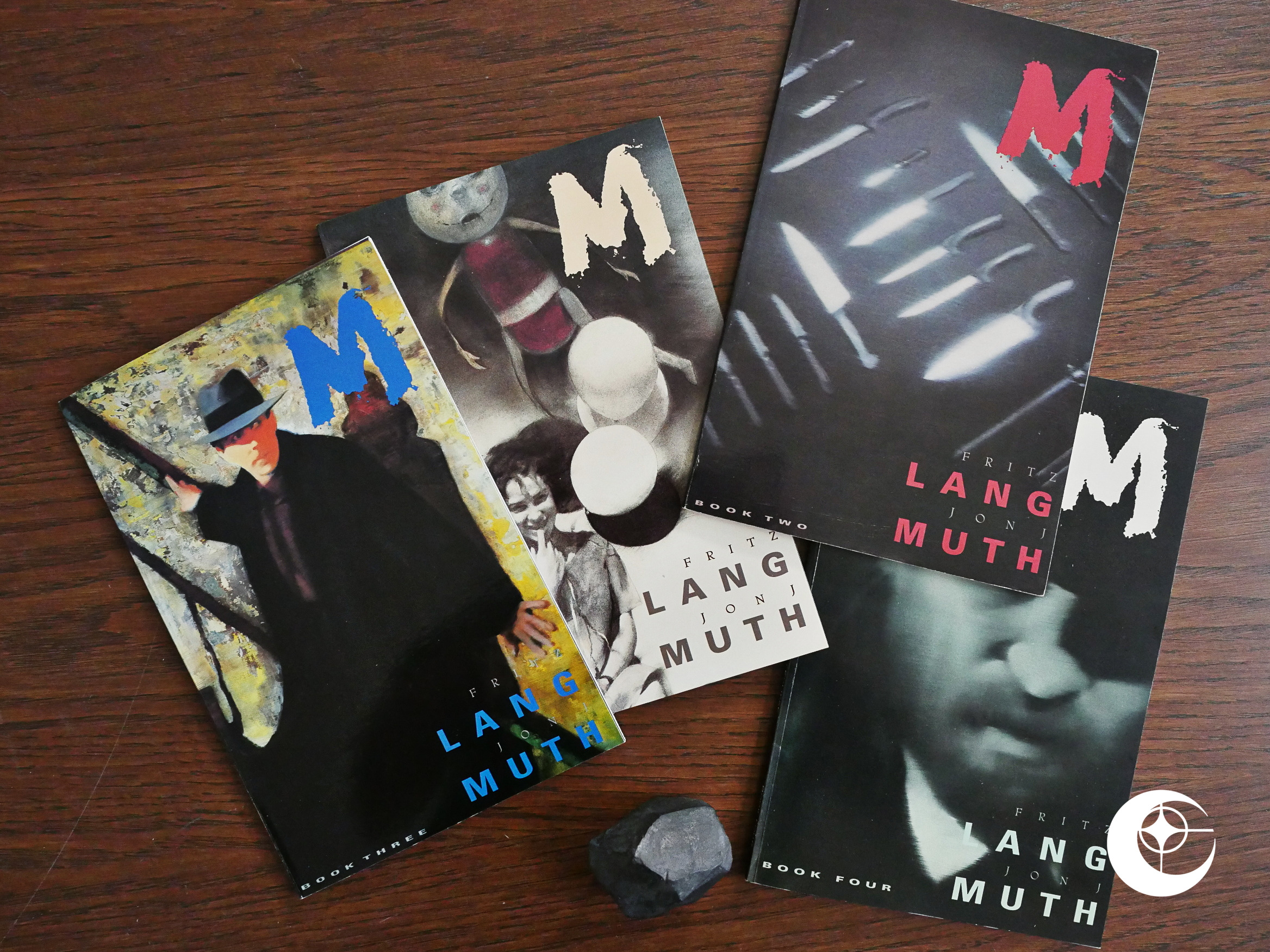
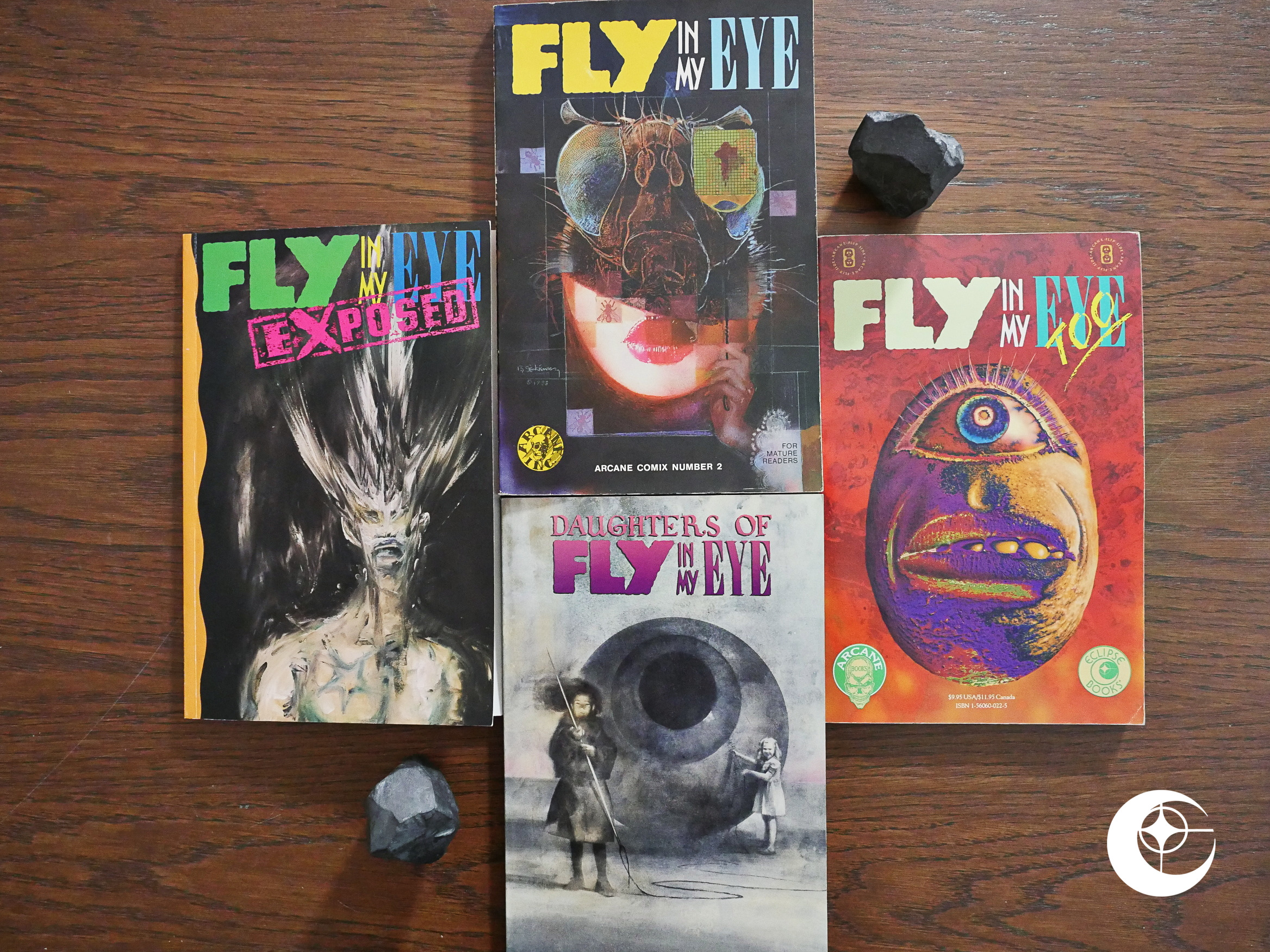
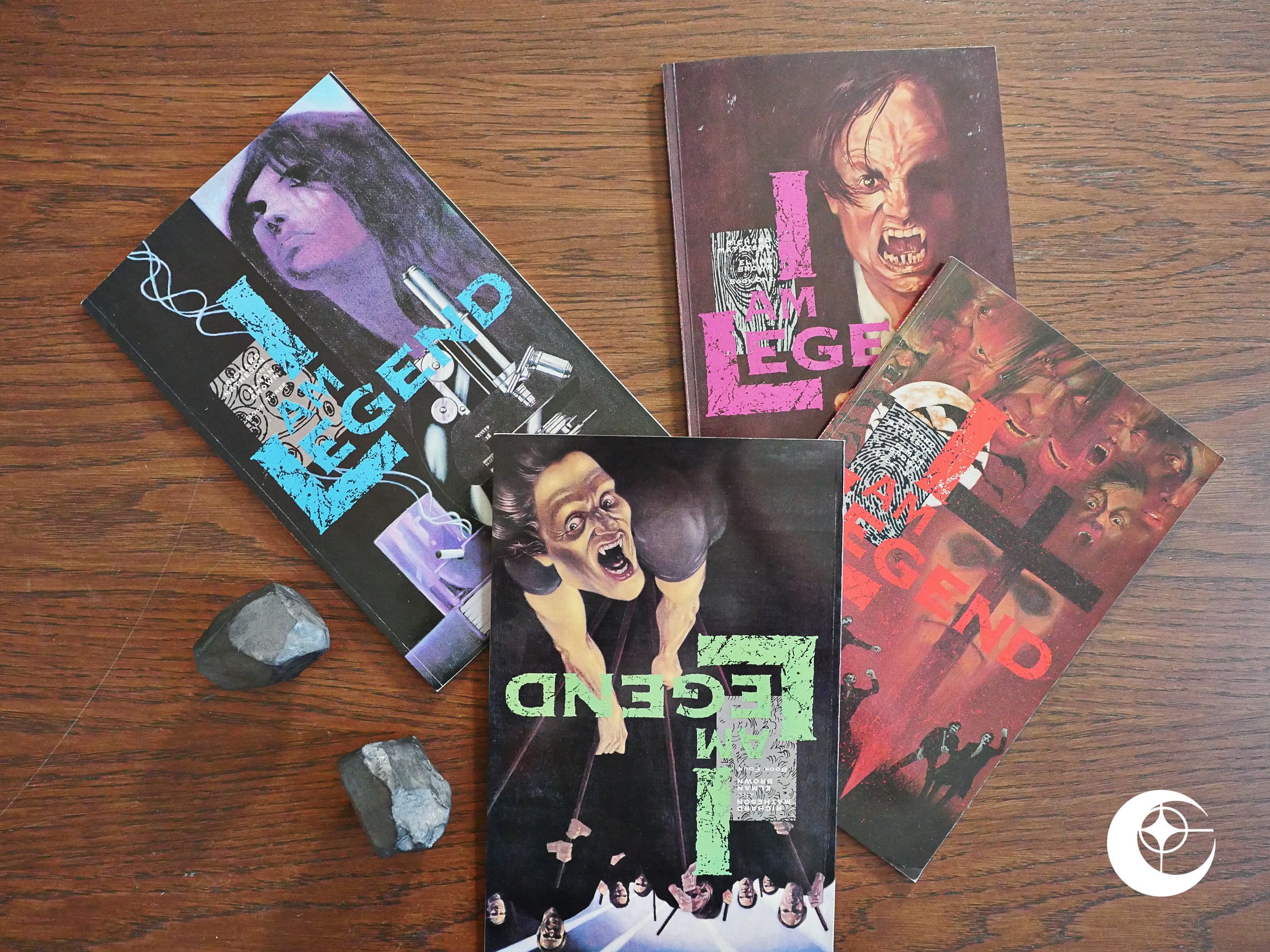
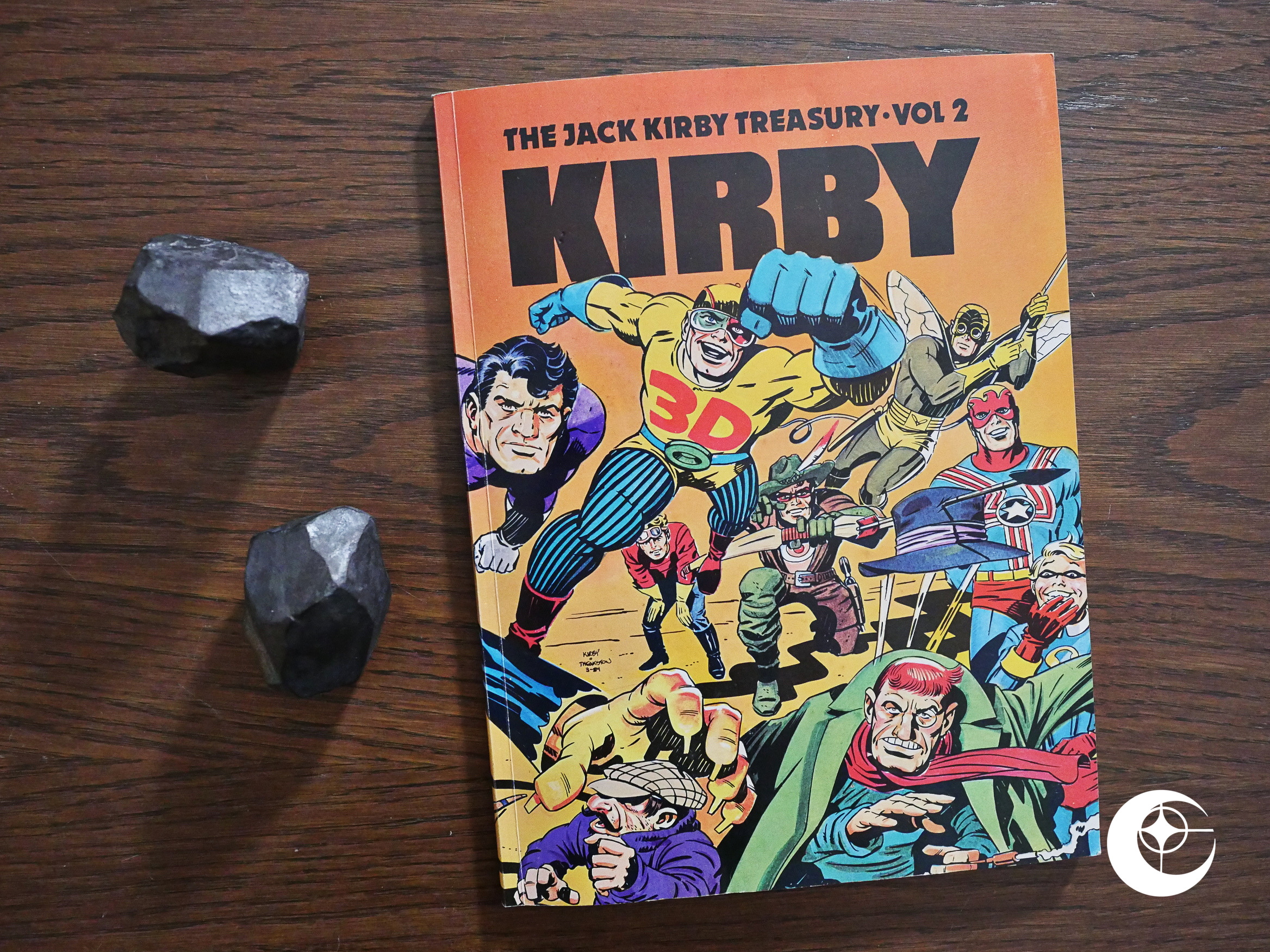
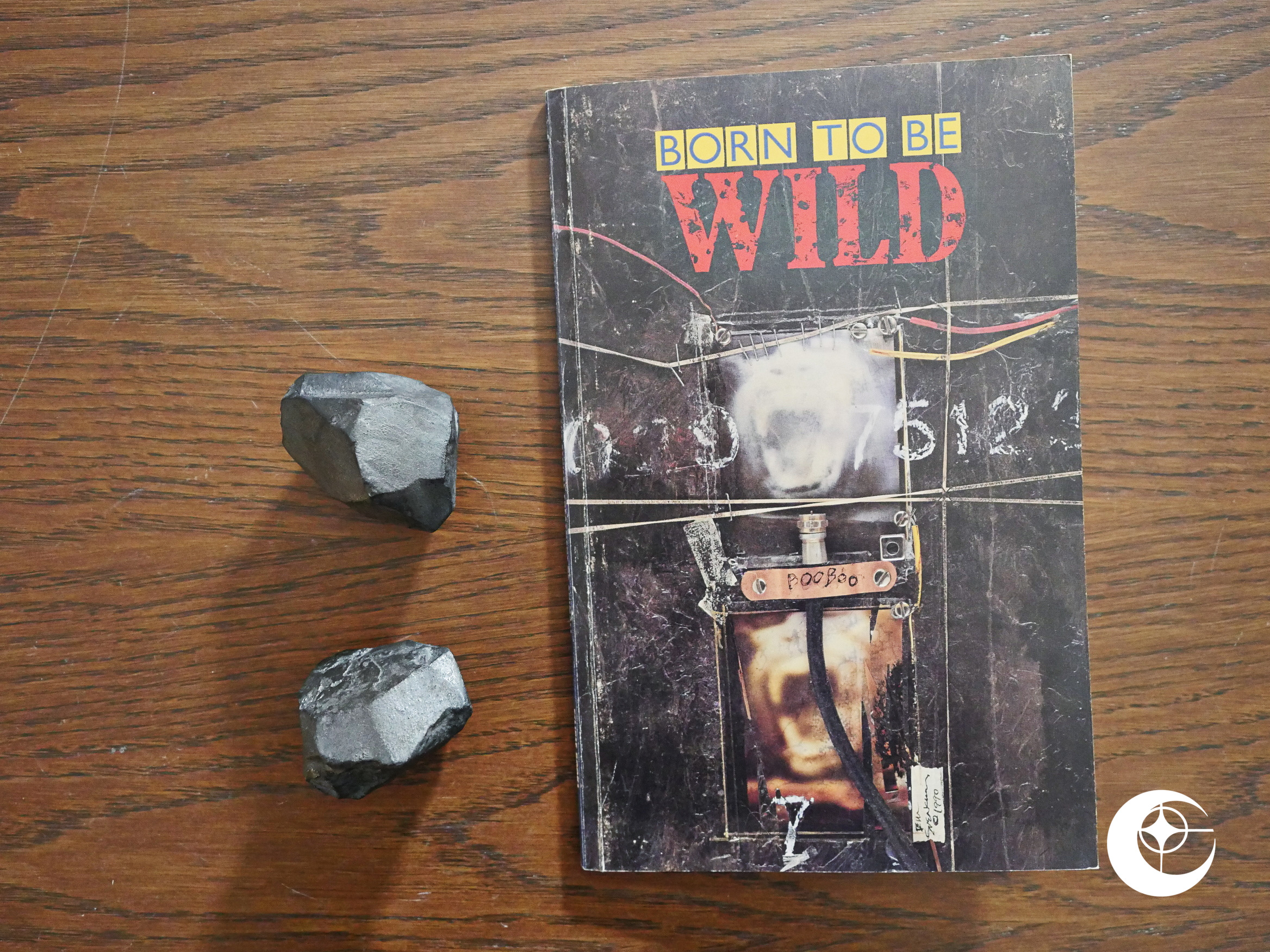
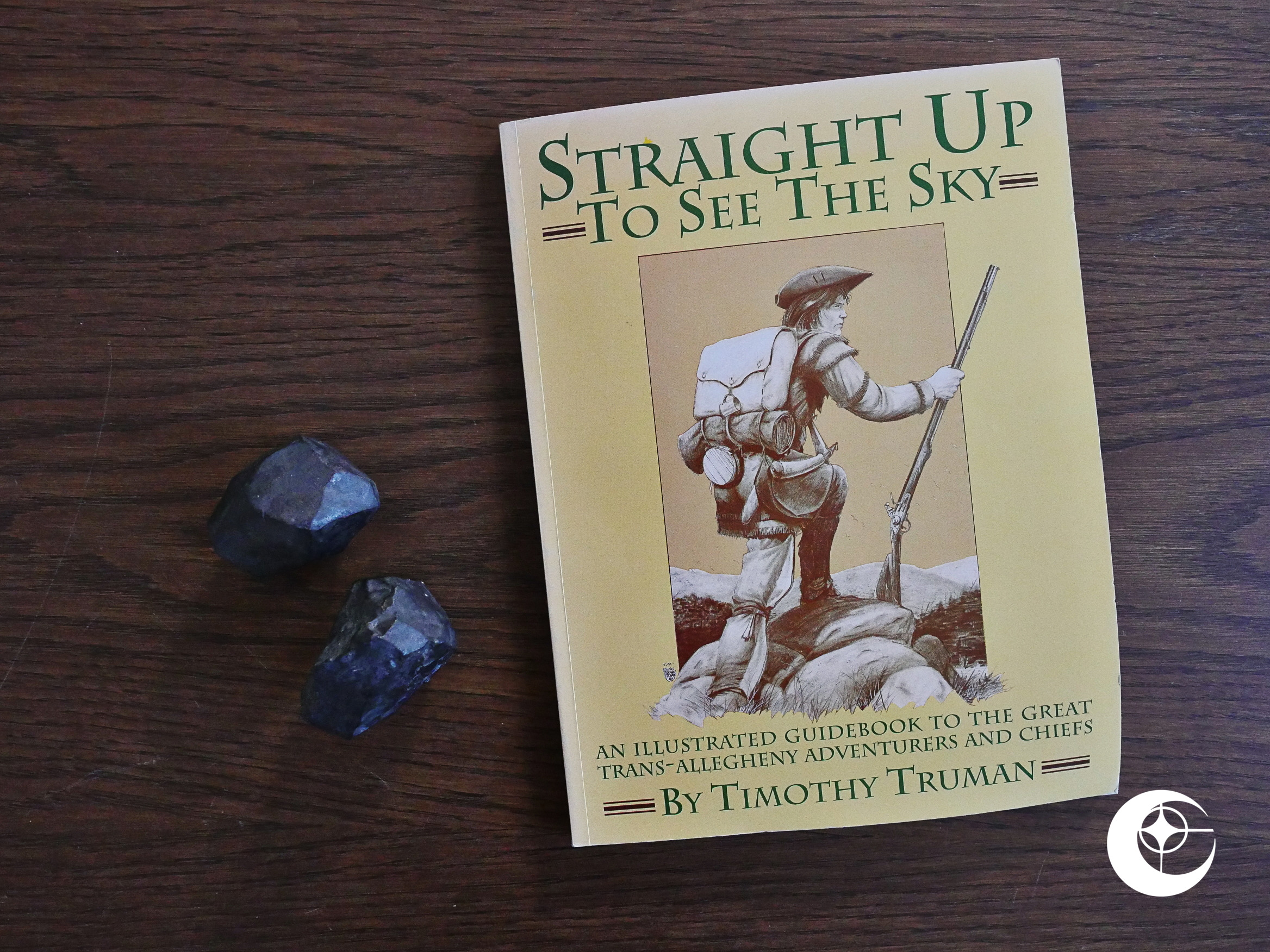

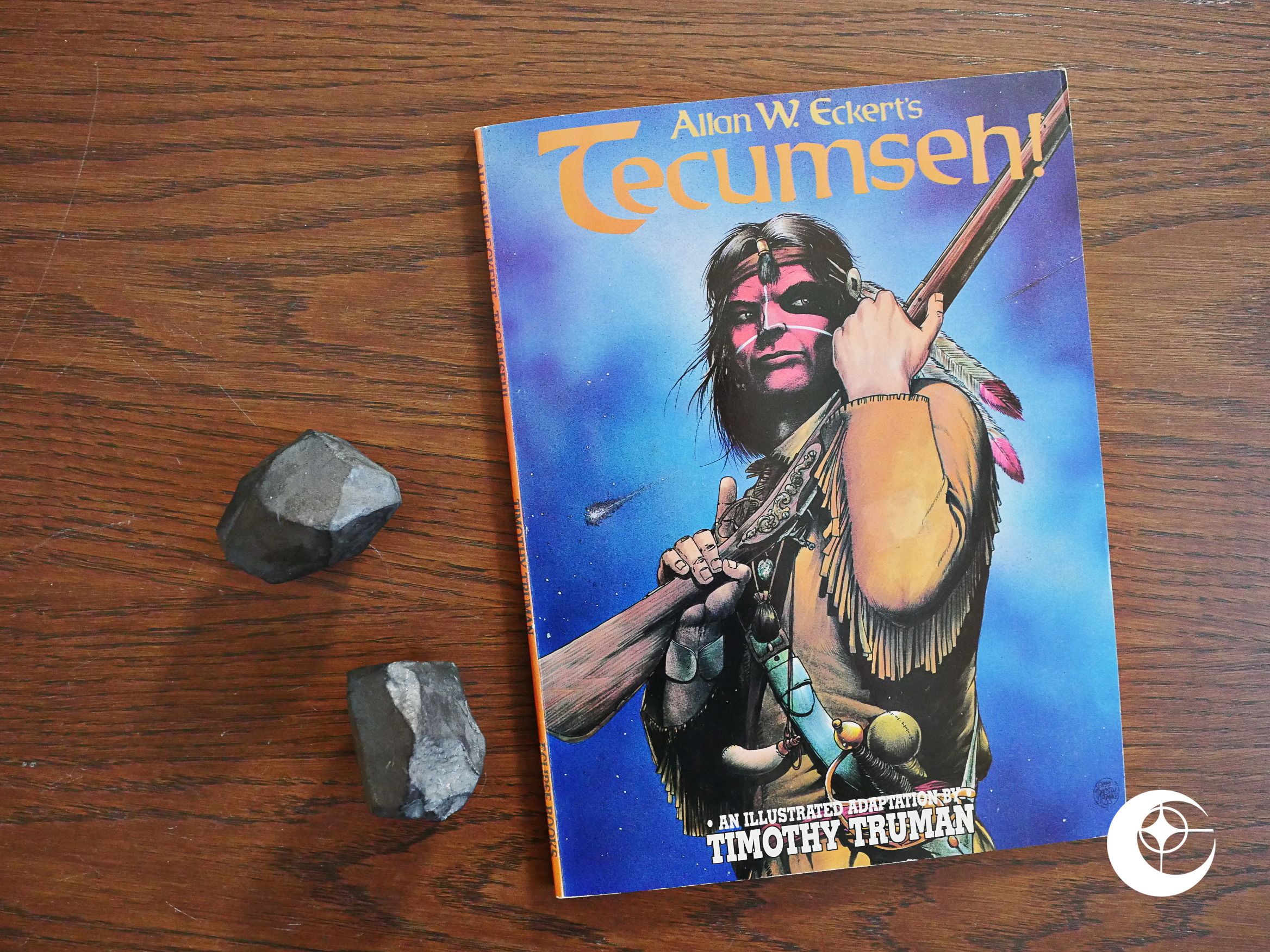

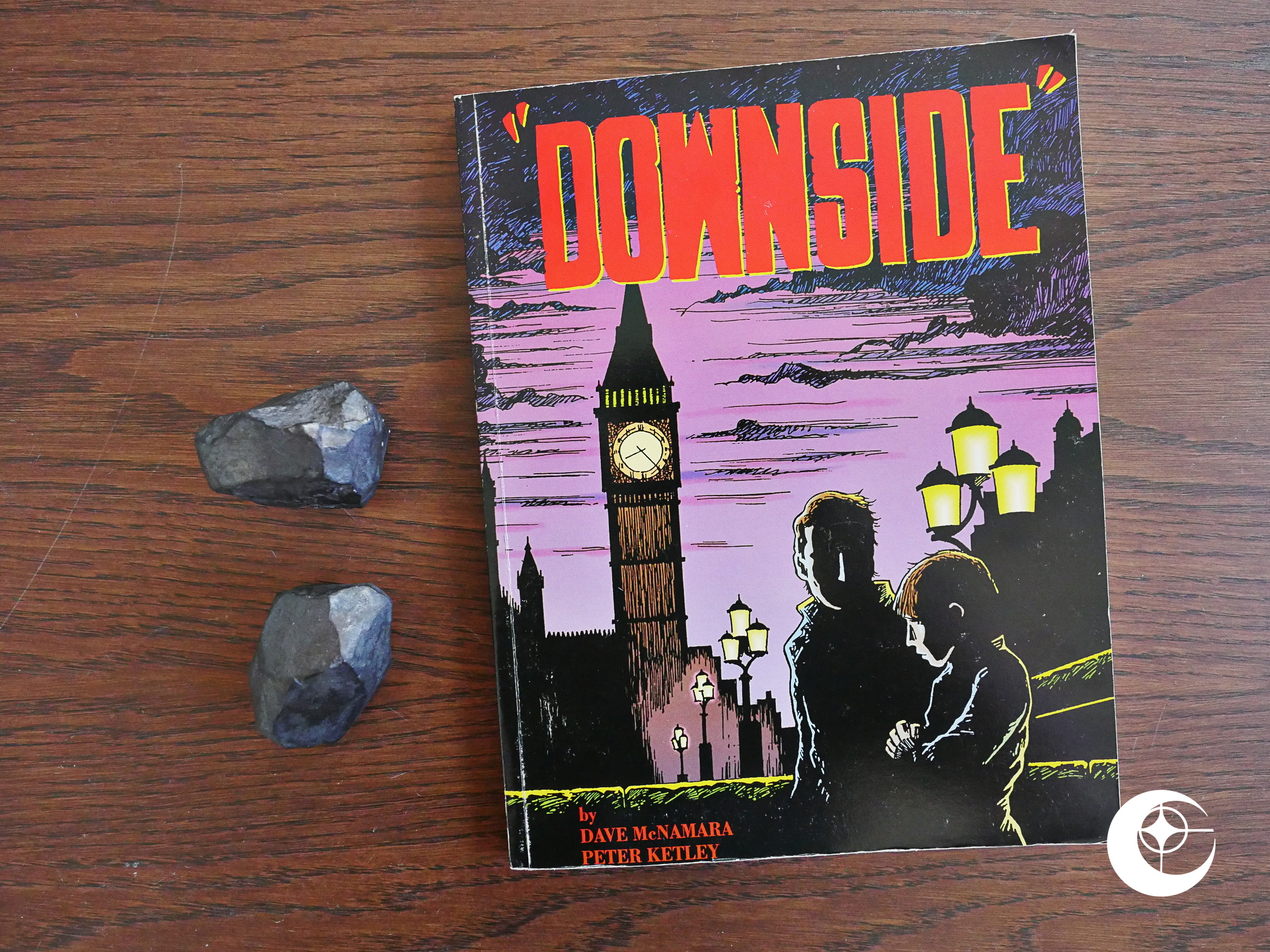
the wild thing to me is noticing what albums/prestige minis either A) never have a number or B) are present on an earlier list but totally dropped on the later ones. James Bond Permission to Die is one, both the 3 square bound issues and the rare tpb collection aren’t on the last slide, but are on the previous numbered list. Tales of the Mysterious Traveller, reprinting Ditko’s Charlton work, seems to never have received a number. David Chelsea in Love also doesn’t have a number. It’s bewildering.